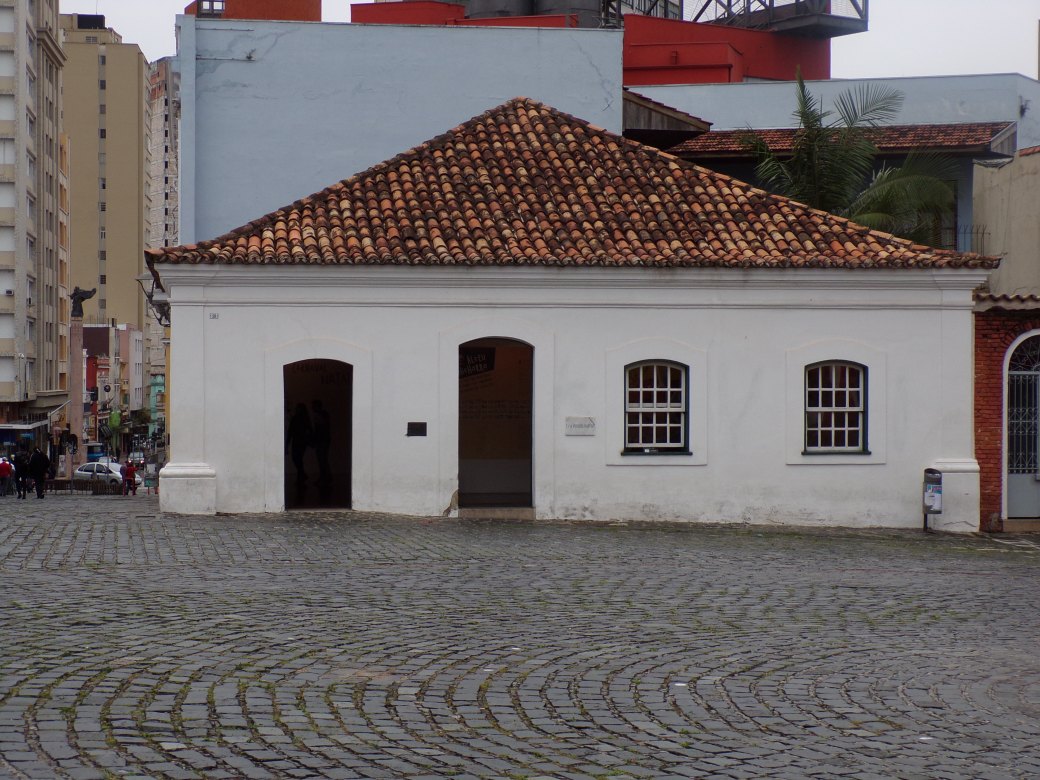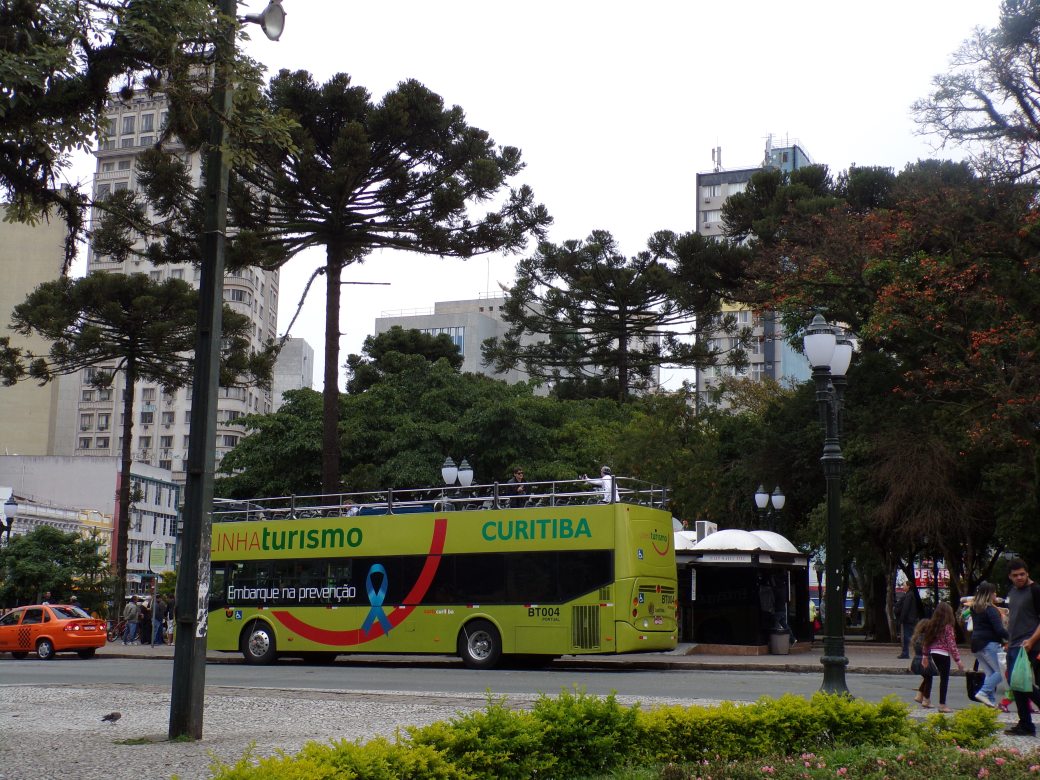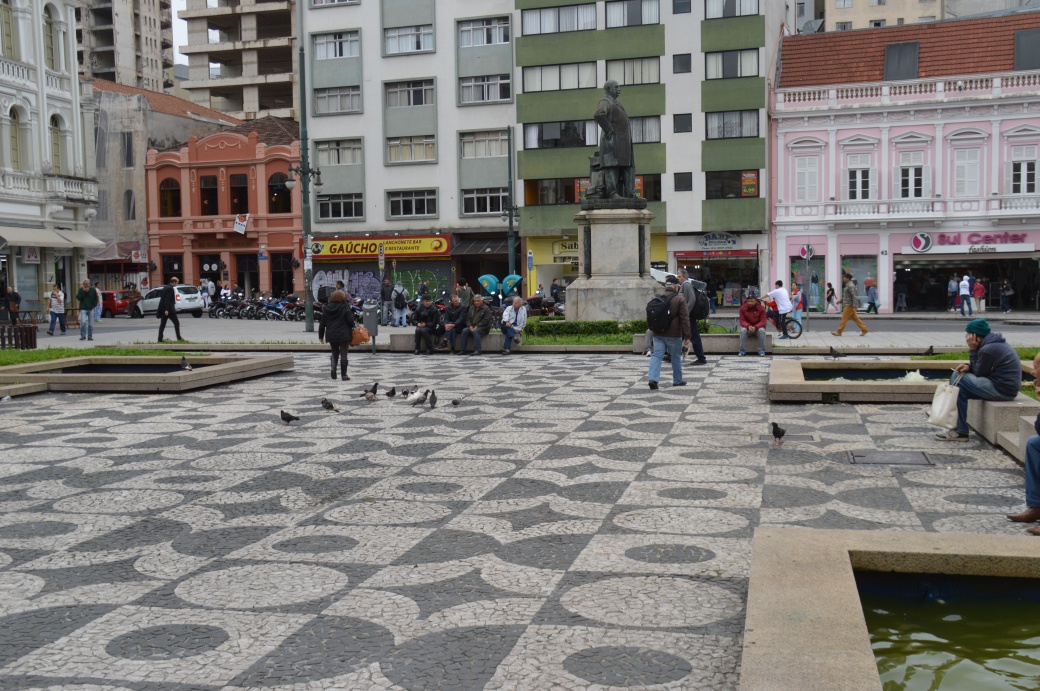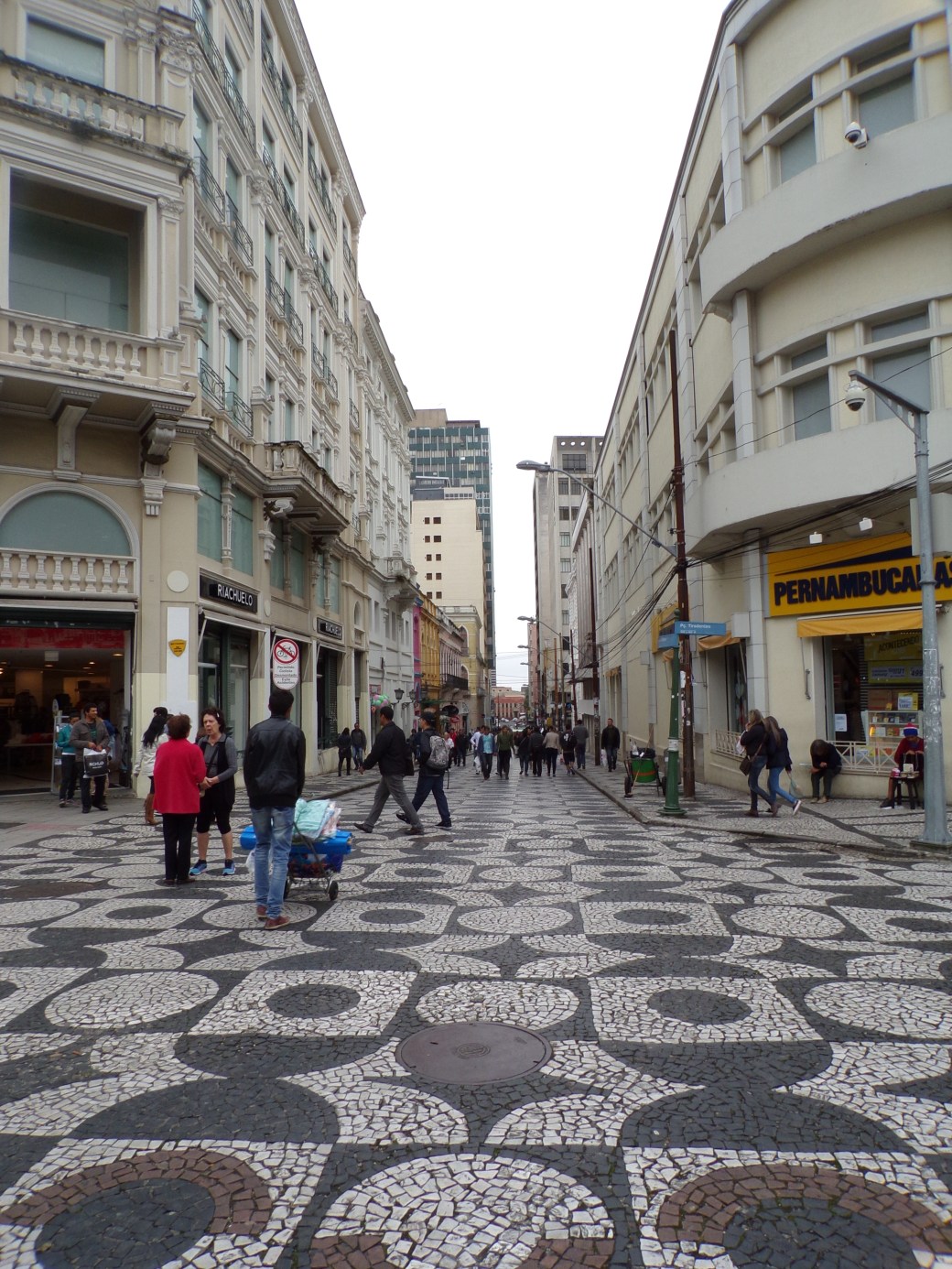When we woke up this morning, the ship didn’t appear to be moving. I went out on the verandah to see where we were. In front of me, instead of a dock with some sort of city visible around it, there was a sheer rock face! On the rock face were advertisements for cruise ships which looked as though they were actual notices that had been plastered onto the rock. Perhaps they were painted on, but in that case they were extraordinarily realistic. Below was a long train and a long line of people waiting to board. I guess that excursion had an early departure!
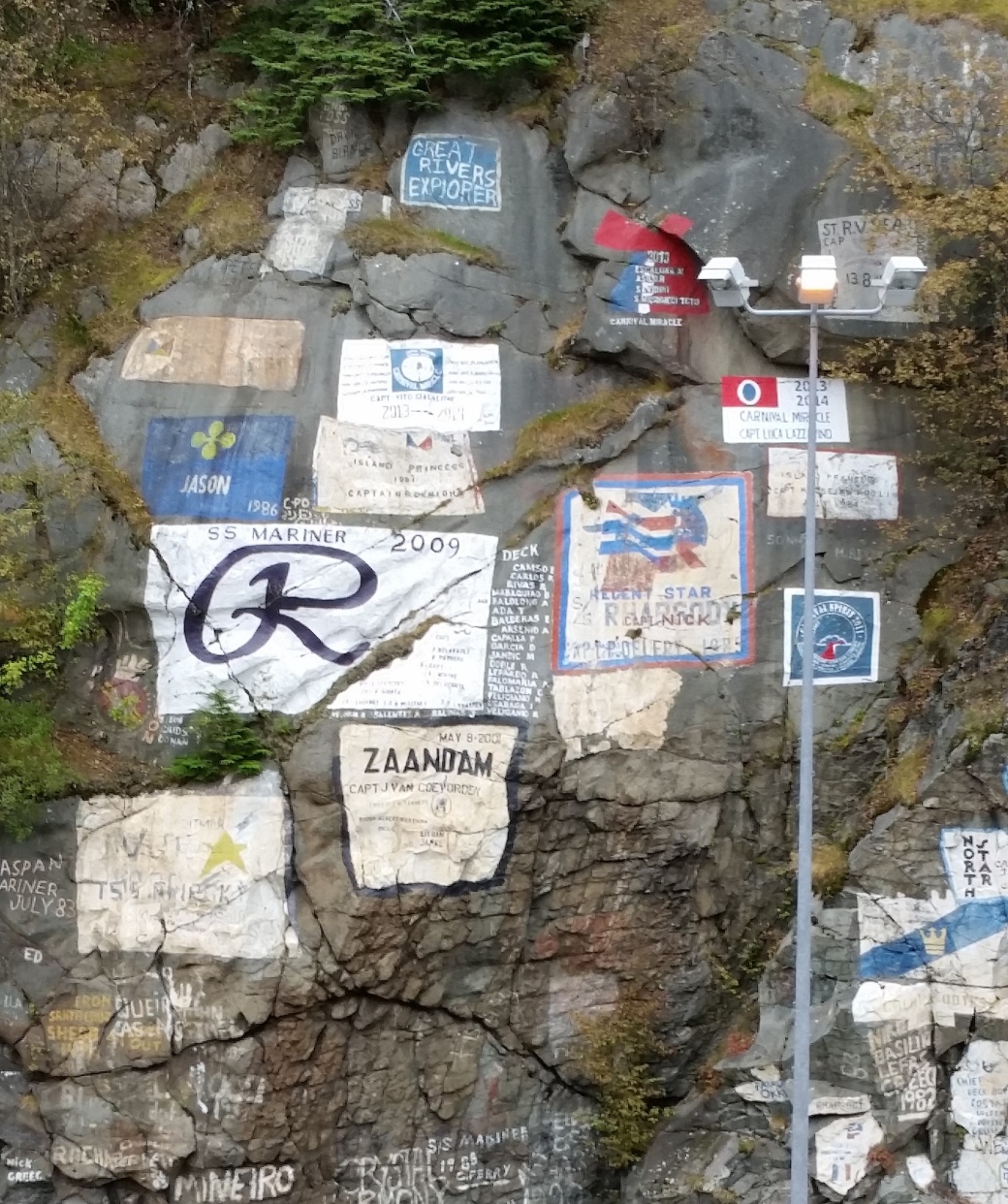


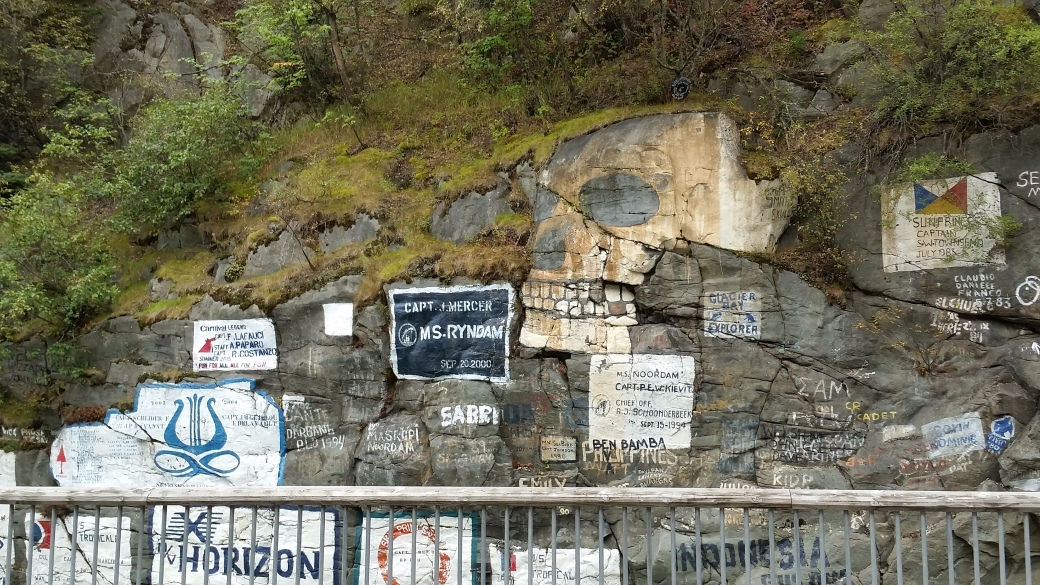
The excursion we had signed up for today wasn’t leaving until 1:30 so we had plenty of time to go into Skagway where we did some shopping and went to the library to get free Wi-Fi. Like yesterday, I checked and responded to some email, updated our trip on Facebook and read other Facebook posts, and synced my FitBit. Two days in a row of over 10,000 steps!
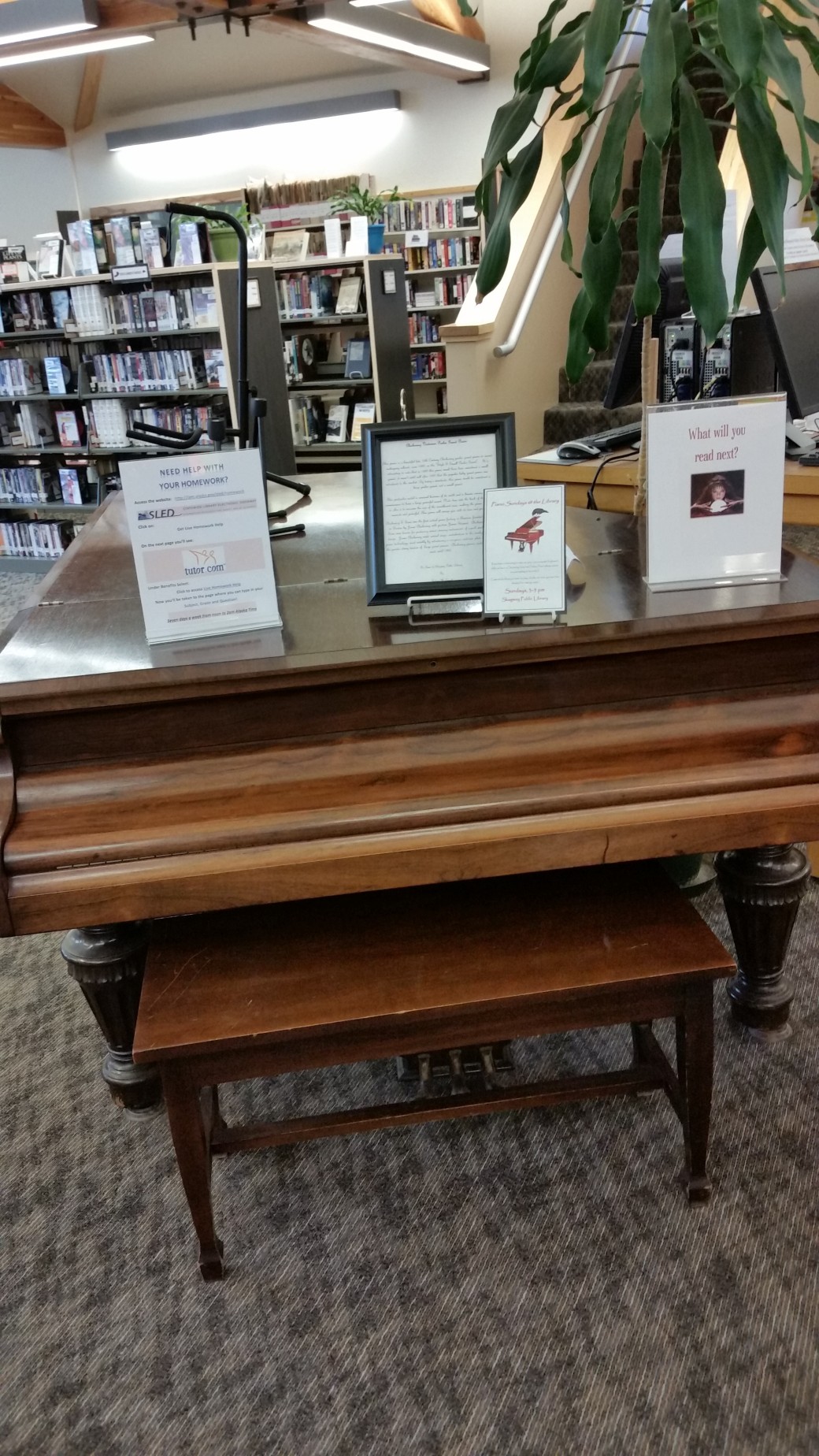
I was surprised to find a piano at the public library! One of the sign tells all about this piano, a Chickering Victorian Parlor Grand Piano, which is on loan to the Skagway Public Library. Another announces Piano Sundays at the Public Library, where people can come and listen or play from 3-5 pm.
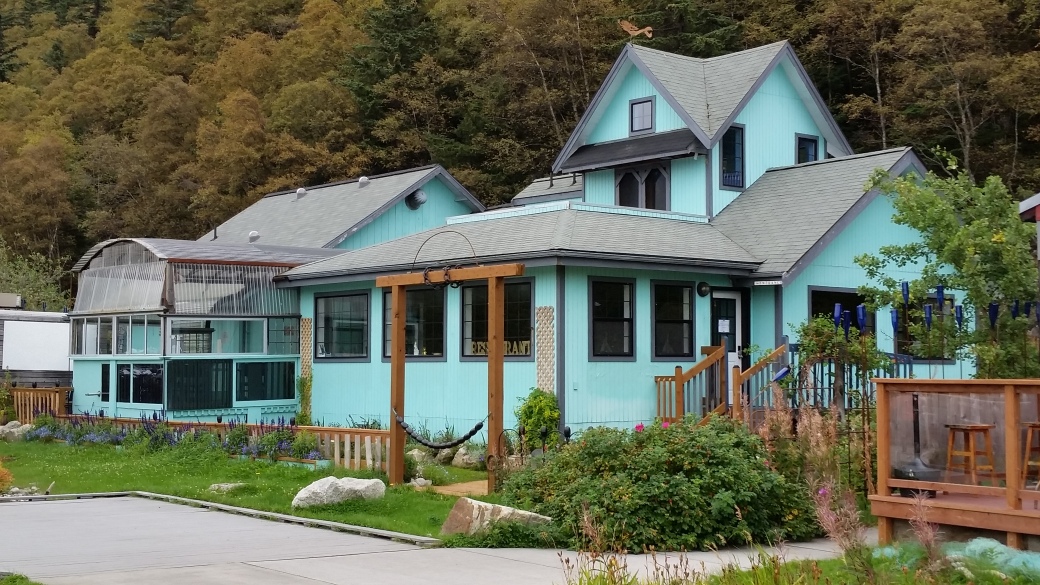
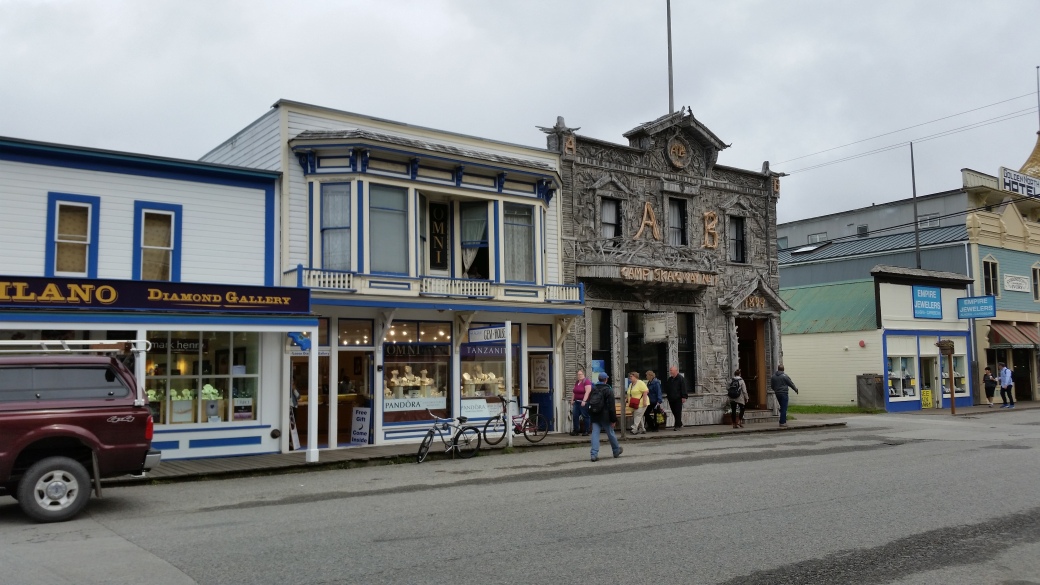
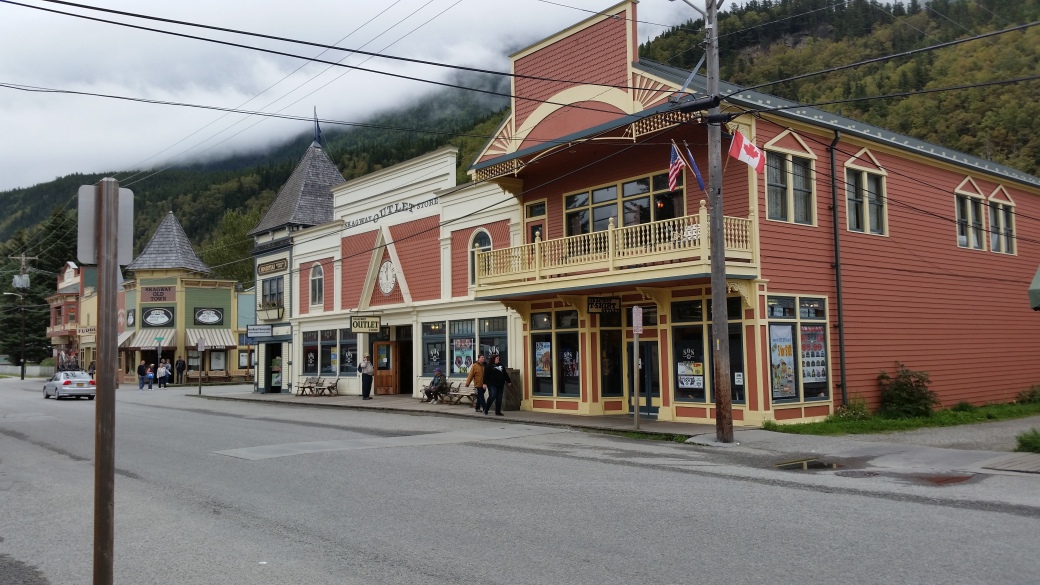

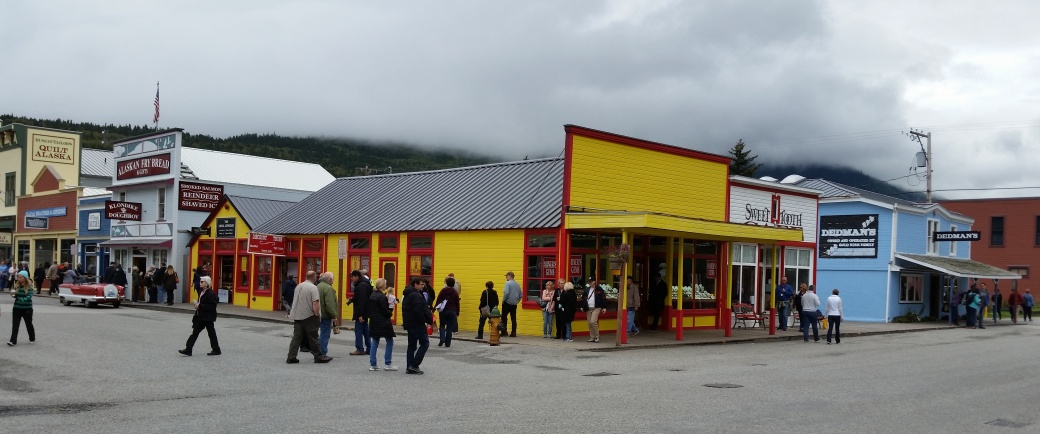

In front of a house

Skagway downtown side street
Laden with shopping bags, we returned to the ship to drop them off and Dale went to have something to eat at Lido. Since the excursion was supposed to include lunch, I didn’t go with him. I wrote in my journal and forgot to charge my phone.
At around 1:45 we boarded a ferry from Skagway to Haines, a 45-minute ride, although the two towns are only 14 miles apart. To drive between them would require entering and leaving Canada and would take four hours! Needless to say, most people go between them by ferry.
Tucker was our guide on the ferry and talked about the geography and geology of the area, pointing out photo opps of waterfalls, and there were several. All of them are created by glacier melt and the water is so cold that it takes awhile for it to mix into the sea salt water. He promised to talk about history on the way back.

Fog continues to drift over the mountains.

A glacier-fed stream high in the mountains produces waterfalls like this.
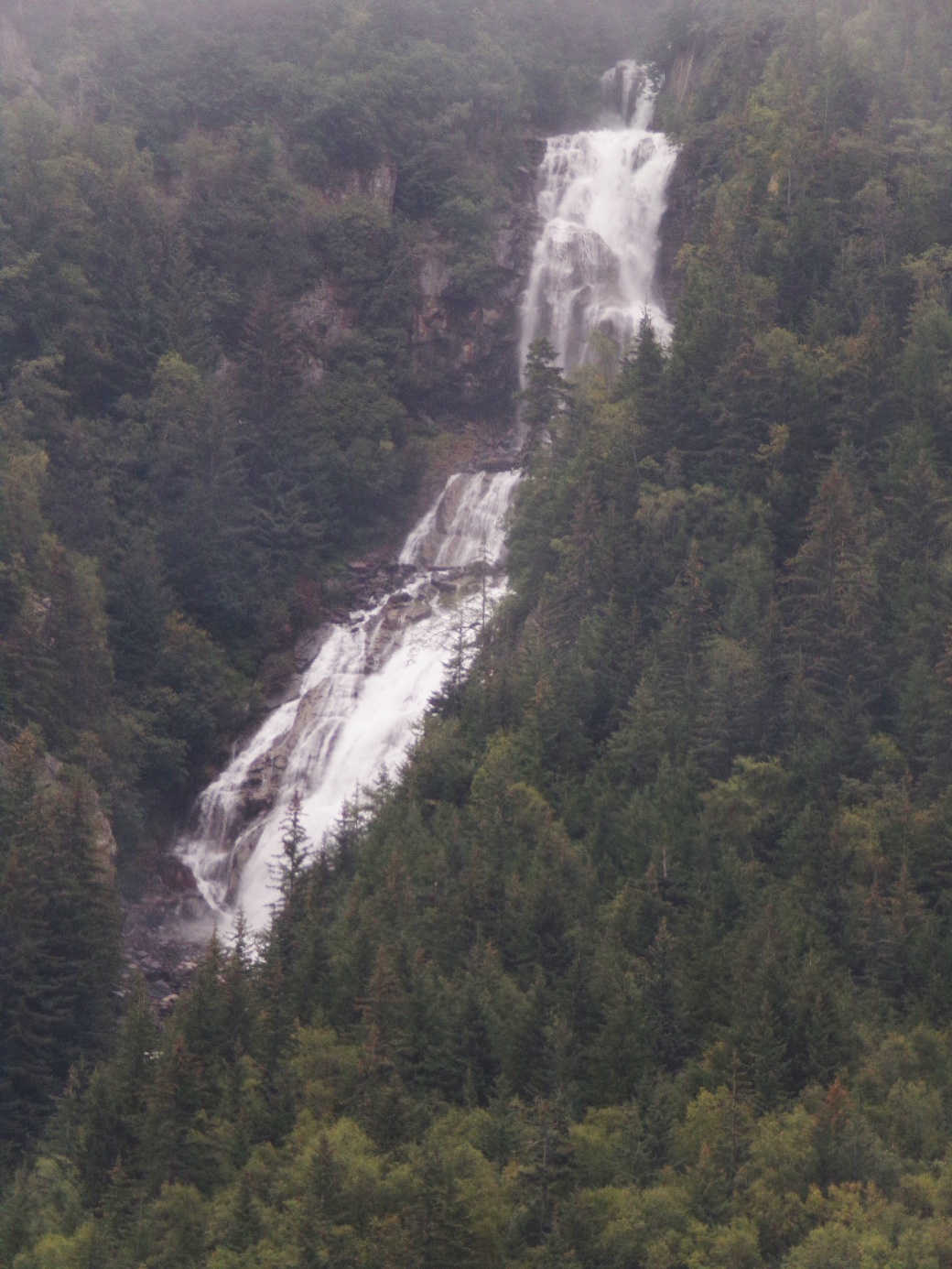

When we got to Haines, a vivacious young woman named Meredith took over as our guide on the bus to Klukwan, a Tlingit traditional knowledge camp. Meredith would love to live in Alaska year round, but once the summer tourist season is over, she’ll go back to Park City, Utah, where her husband runs a restaurant. Besides tours like this, she also takes tourists on rafting trips on the Chilkat River, her favorite part of her job.
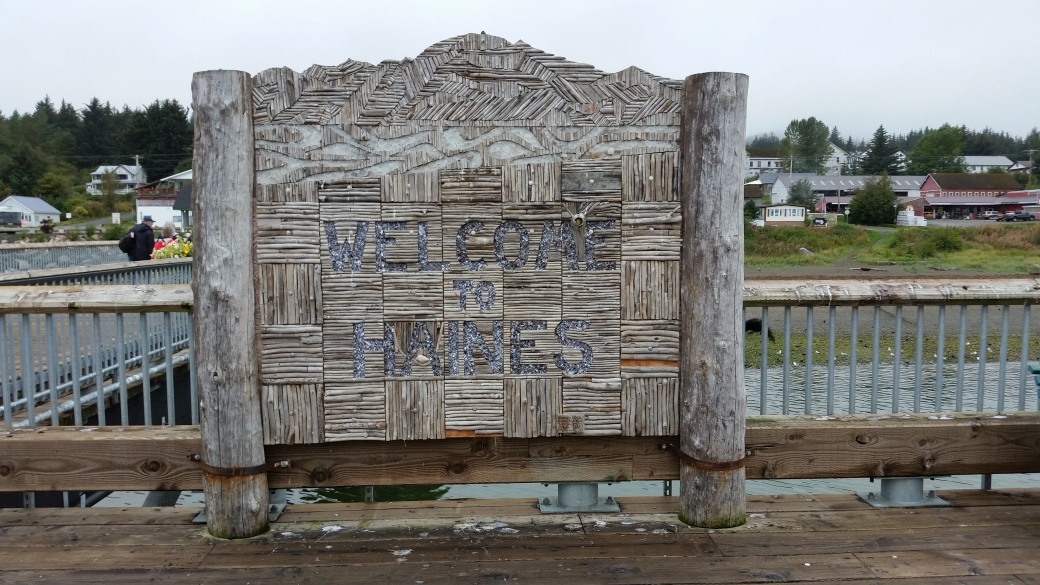
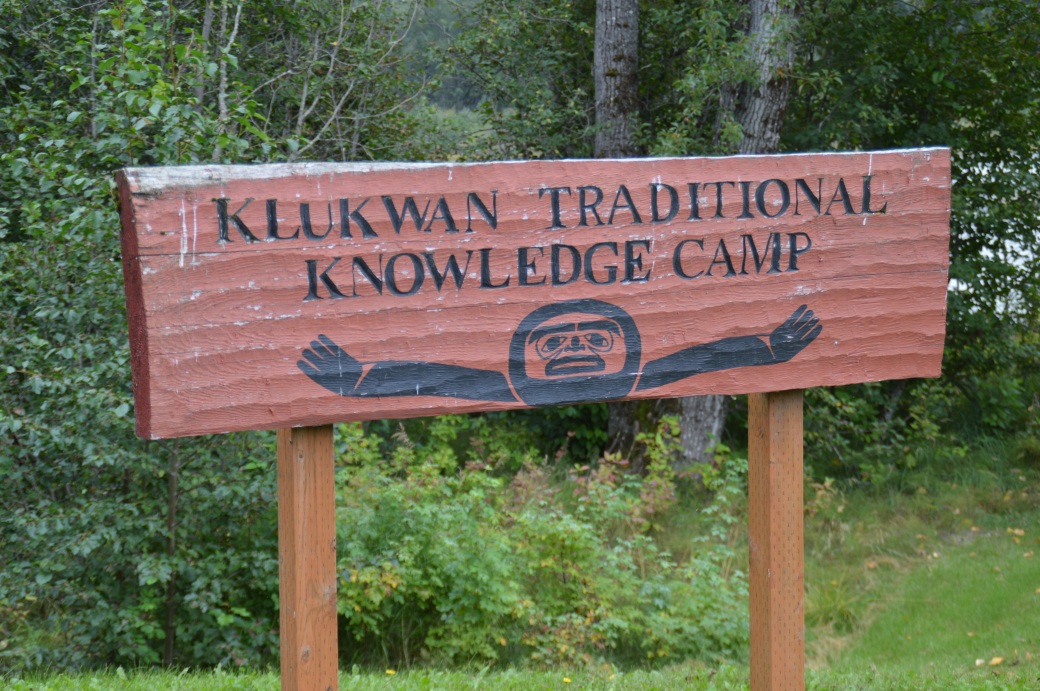
Photo by Dale Berman
The Chilkat River ran along much of our route, a silty, gray, glacier-fed river that looked shallow. Meredith said that the river changes every day – today there is a sandbar island, tomorrow it’ll be gone. This constant change is why she likes it – there’s always a challenge. The salmon run up this river to return to their birthplace to spawn. The route is many miles long. Fishermen commonly net salmon at the beginning of this route, where the river meets the sea, just before the salmon begin their tireless journey.
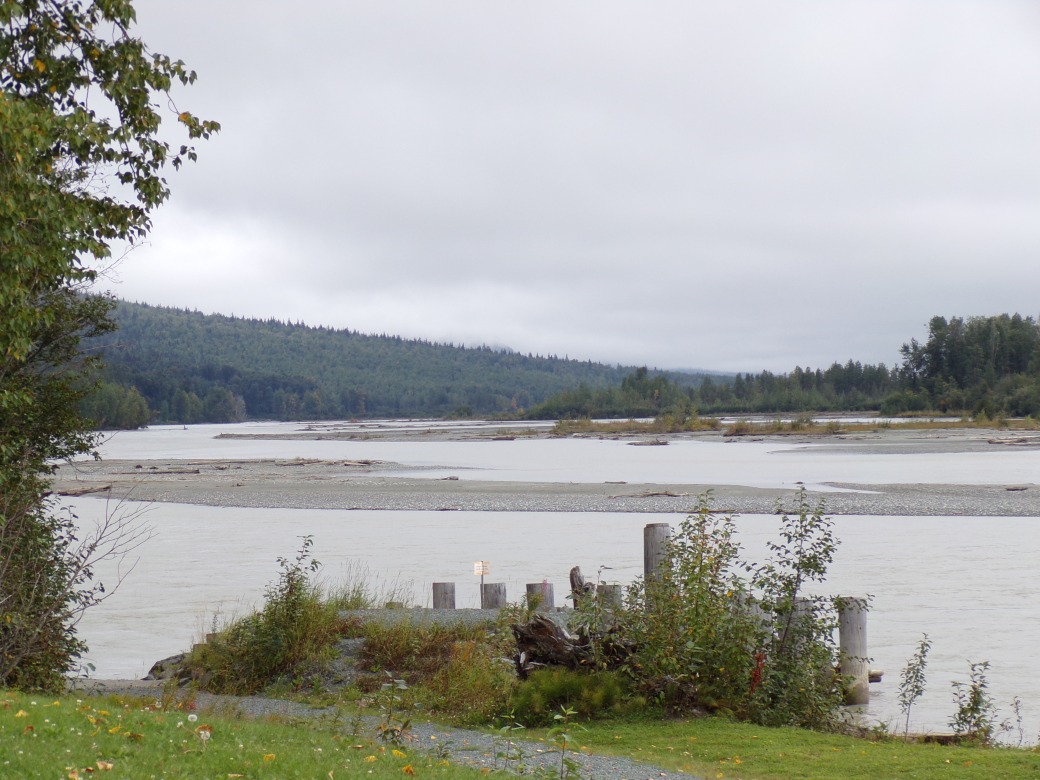
People around here live simple lives, Meredith said. They are too isolated to be able to depend on the availability of the Internet, for example. Stores close at 8 pm and are closed on Sundays. So if you don’t have your own vegetable garden and you want a fresh salad on Sunday or after a work shift that ends in the evening, you’re out of luck.
Haines is spread out over several miles, in spite of its small population, so as you’re driving through it, it doesn’t look like much. Yet they have four hardware stores, several restaurants, a hotel, several B&Bs, and of course plenty of bars! Meredith pointed out these establishments as we passed and told us her favorite restaurants. Her enthusiasm for this place was quite admirable. I could definitely see her settling down here permanently. She is probably a better advocate for Haines than some of its full-time residents.
In Klukwan we met Elsie (her English name) of the Raven clan.

Elsie holds up a jar of pickled salmon.
There are two main clans here, the Raven and the Eagle and descent is matrilineal. It is prohibited to marry into the same clan – an Eagle must marry a Raven and vice versa. Under each of the main clans are about six subclans, including Wolf, Turtle, Bear and others – 3 for each of the two main clans. The symbols for these clans are depicted on the side of their community center, with Raven and Eagle on top, and the 6 subclans under their respective main clan.
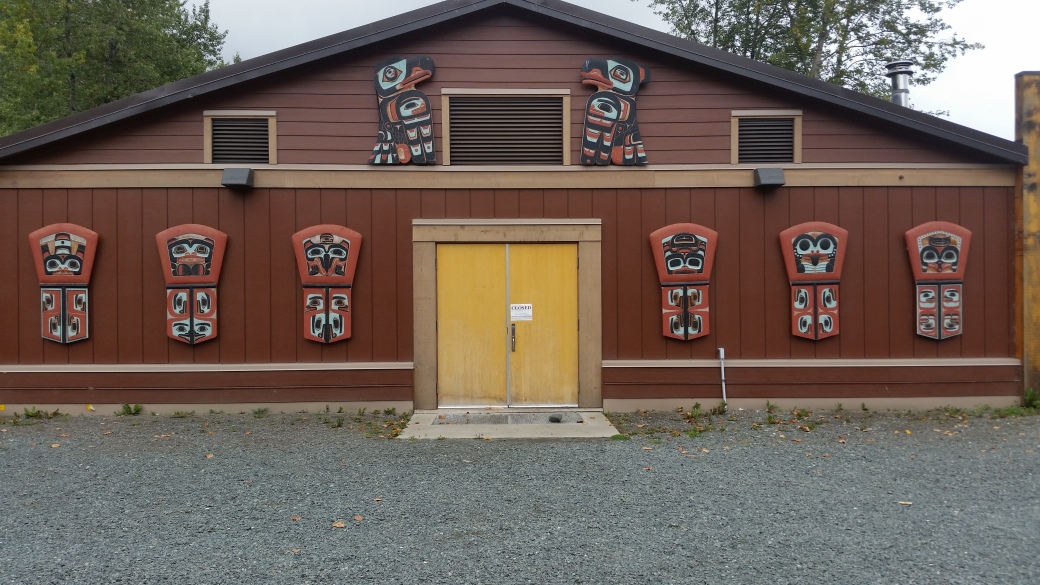
New buildings are being constructed here, expanding their community outreach. We saw the smoke house and the drying shed, where salmon are smoked and then dried into a sort of jerky, and a lumber workshop, where we met Elsie’s brother Jack. He showed us how he uses an adze to prepare wood for carving. He has several adzes of different sizes, all hand tools – nothing mechanized!

The smoke house

Elsie explains something about salmon preparation; behind her is the drying shed.

dried fish – salmon jerky?



Someone has begun a carving of a salmon.
In this work shed, there is a large canoe which would be powered by 15 paddlers. He told us how it was made and painted and what the designs on the side meant. The most interesting part of the process of constructing the canoe (as well as boxes made all of one piece of wood) was the procedure called “steaming.” The woods used include birch and cedar, soft woods that are malleable so they can be manipulated when heated. To steam the wood, hot water is put into the canoe and hot rocks added to keep it hot, until it boils, thus softening the wood allowing it to be pulled apart. When cooled, the wood hardens in its new shape. The canoe was carved from a large log and the steaming allowed the sides to be pulled further apart to allow slats to be inserted where the rowers would be seated. This made the canoe more comfortable to sit in but also made it more stable.

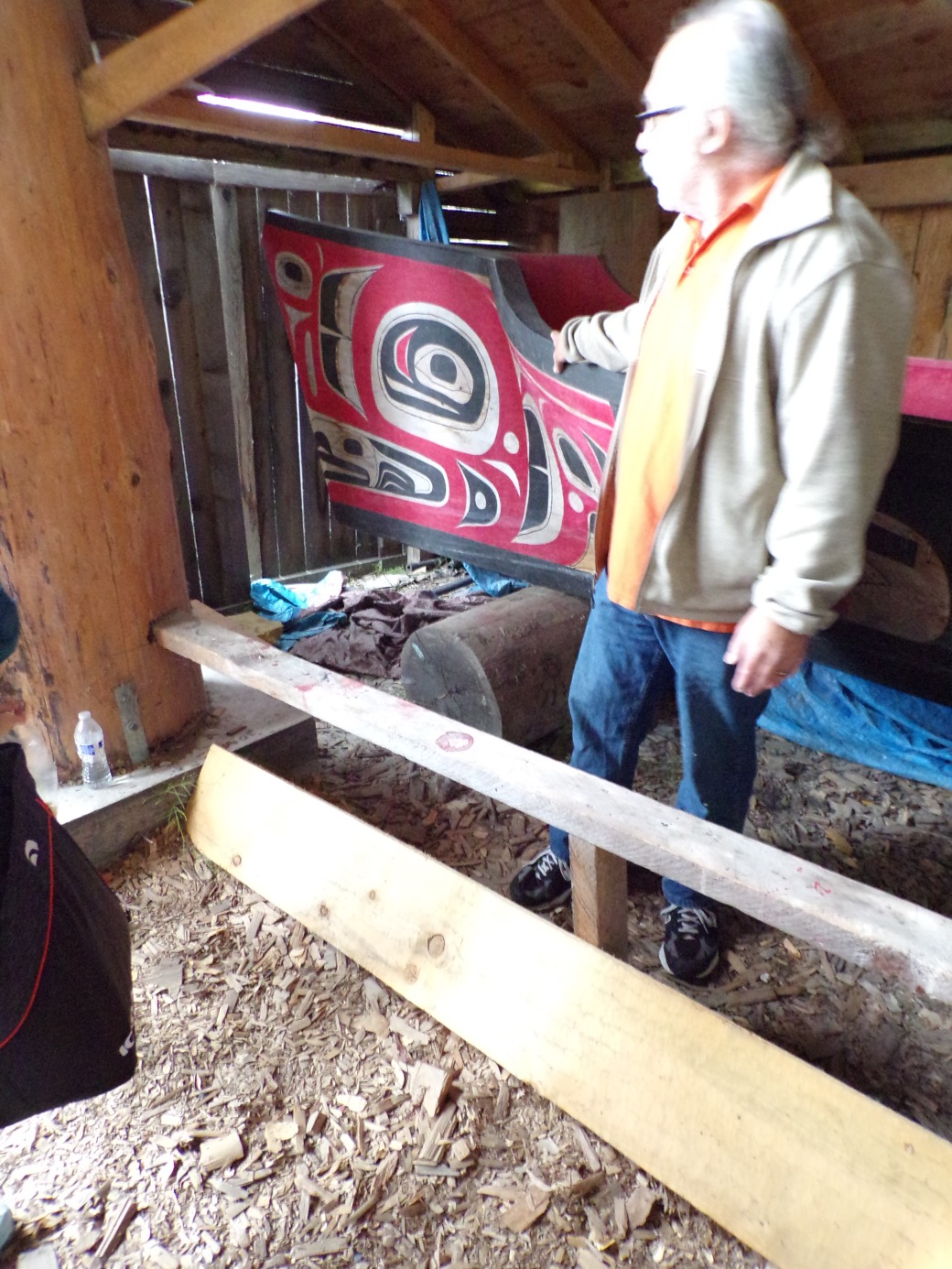
Totems, house posts, weavings and paintings tell stories to people about the people who live there and have made the objects. Since the Tlingit didn’t have a written langue until recently – and it was the Russians who first assigned an alphabet for their language, although they now use our alphabet, not the Cyrillic alphabet – these images were their way of communicating non-verbally and leaving a legacy.
Furthermore, they have a rich oral tradition through stories, songs and dances. The group of Tlingit, including Elsie and Jack, performed dances and songs for us. We were allowed to take pictures but not videos, because these are considered tangible property, subject to a sort of copyright. The stories, also, can be quite elaborate and must be told very precisely, using the correct wording to avoid changing or reinterpreting the original story.
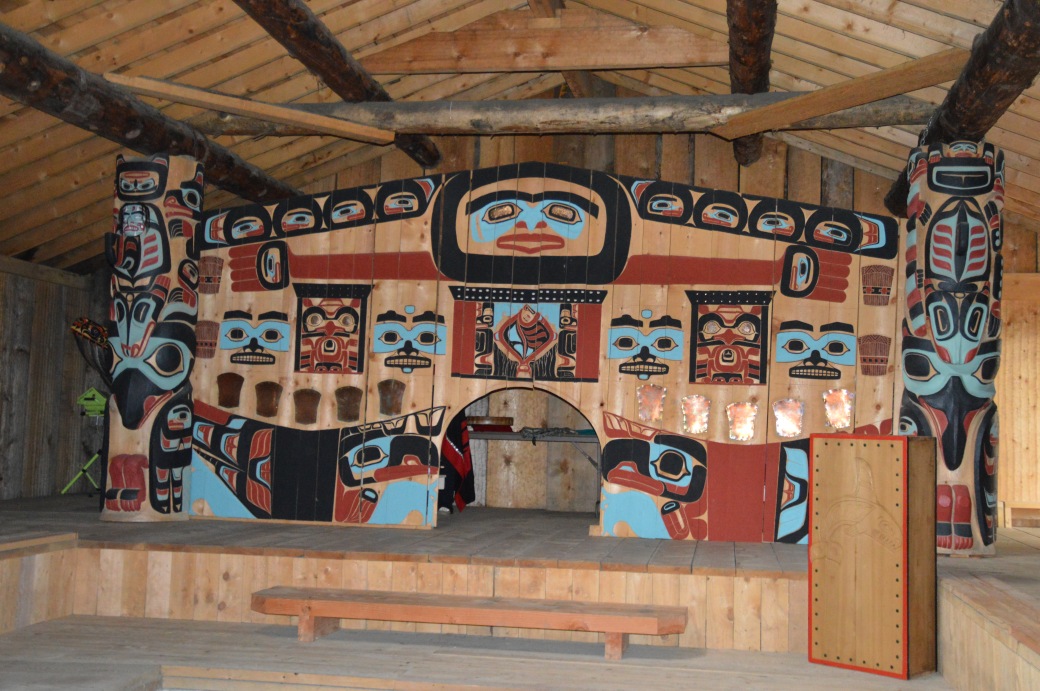
Jack put on his dance regalia and was joined by three women, including his sister (Elsie), his granddaughter and another member of his clan, in the dances performed in the long house. In the back of the house is a screen covered with painted symbols which would be their version of a mural. The dancers emerged from behind this screen. We, the audience, sat on benches on three sides of the space in the front (near the door).

We were allowed to take pictures*, but not videos, because their songs and dances belong to the tribe, like a copyright. However, we were allowed to take a video of the last song:
House posts told the stories of their family.


From there we were taken to an exhibit hall – a small museum – in which no photography was allowed. On one wall was a map of the area, with all the Klukwan Tlingits’ historical villages marked and named. Their subsistence lifestyle in the modern world was displayed with photographs and informational placards. There was a large totem pole. Elsie took us into another room where there were two poles, or posts, and told us elaborate stories that these posts depicted.
We were allowed to take pictures in the gift shop, however, which had several beautiful carvings.
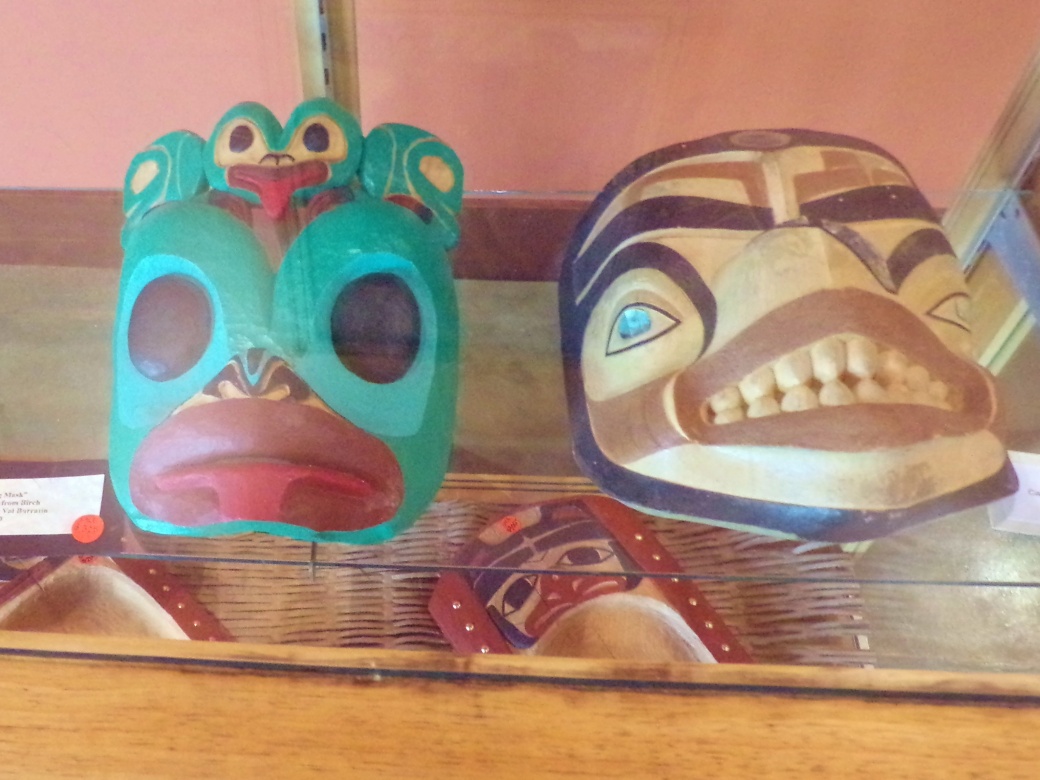

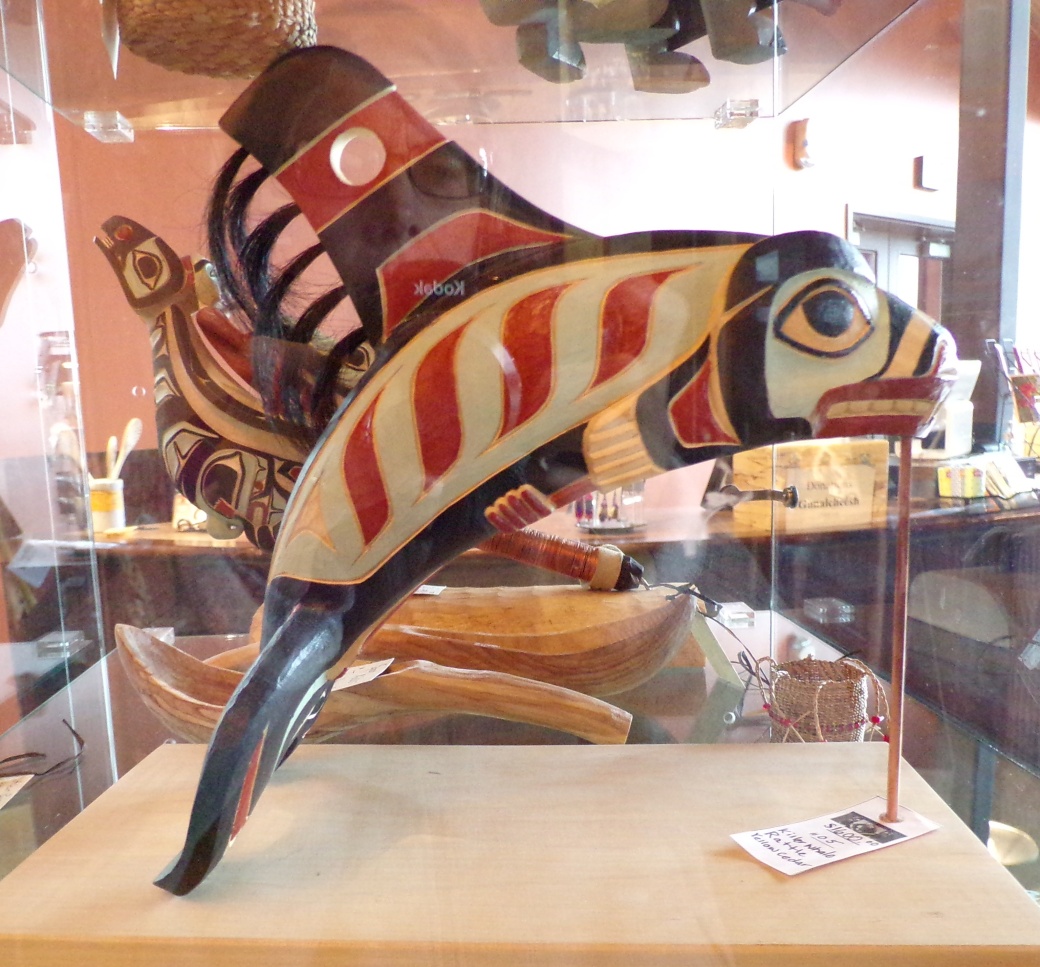
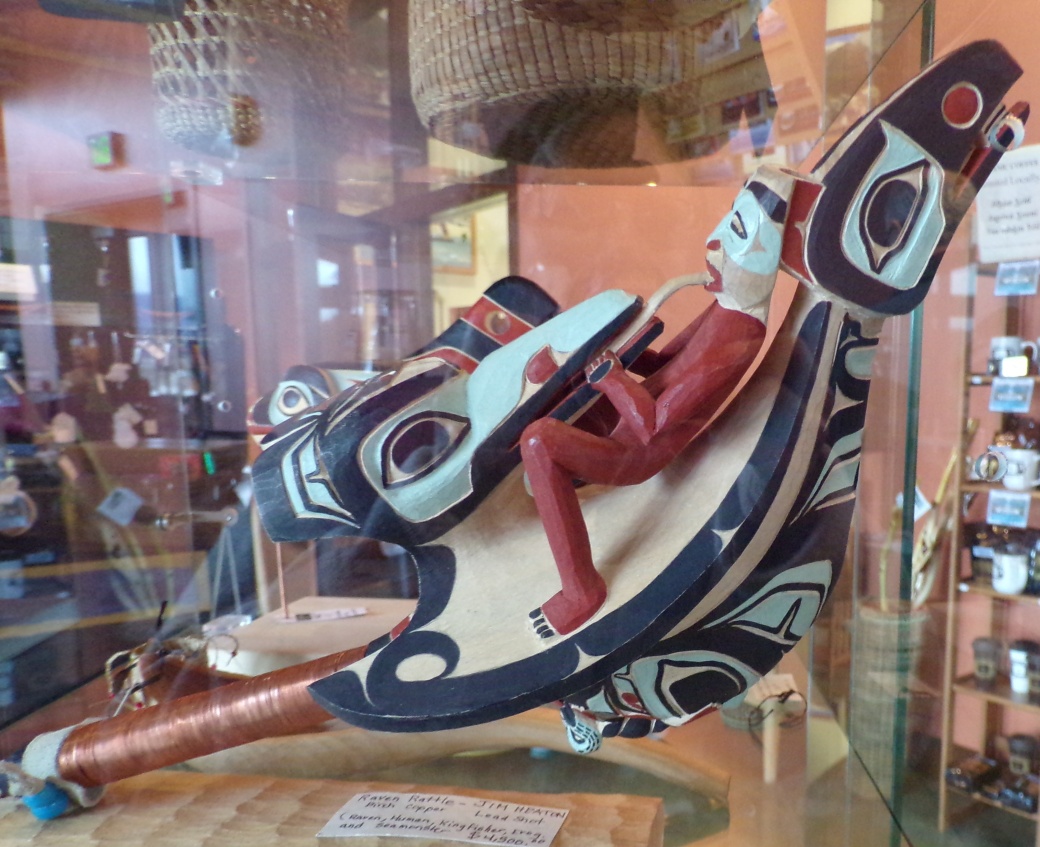
Meredith believes the Klukwan Tlingit have been successful here because their lifestyle is not so different from the subsistence lifestyle of Haines in general, and they have been readily accepted.
After we ate, we got back on the bus and went to visit the Bald Eagle Sanctuary. There are bald eagles, of course, but also owls and a red-tailed hawk that had belonged to a falconer who retired and the hawk, having been raised with humans, could not be sent into the wild. Two female bald eagles, Bella and Vera (I’m not sure if Vera is the eagle’s name) can’t fly due to damage to their right wings. One was hit by a truck and the other electrocuted by an electric power line. They have a large enclosure and a series of perches, like steps, that they can ascend to reach their favorite lookout spot where they can observe the world outside. The workers there called it “bird TV!”
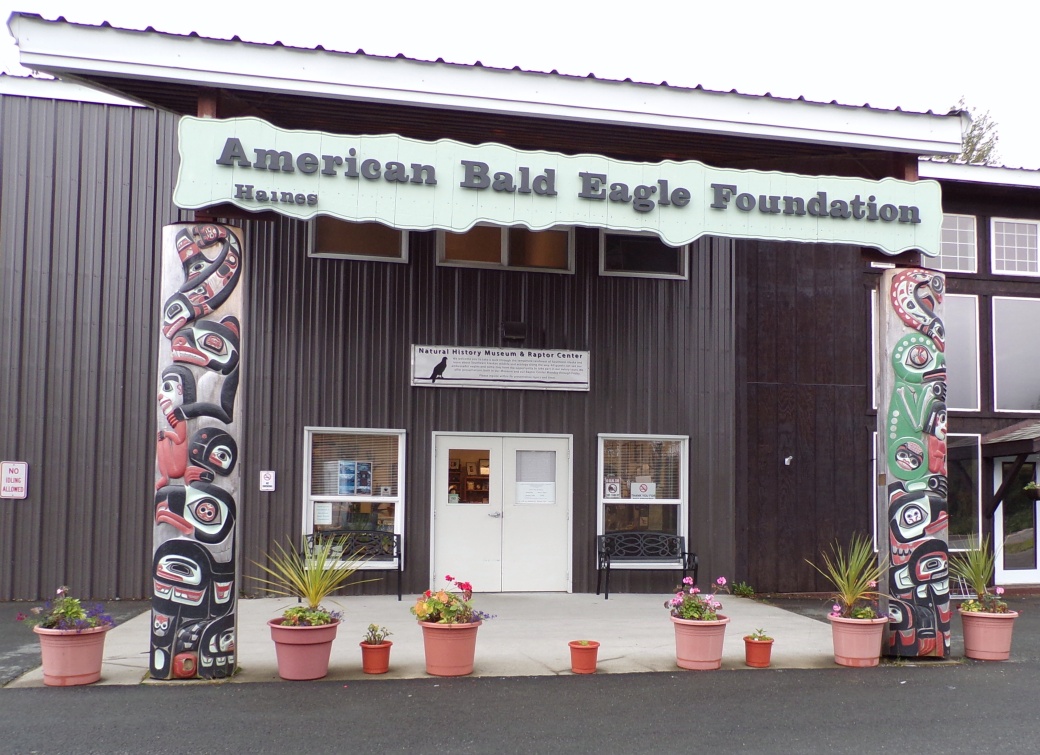

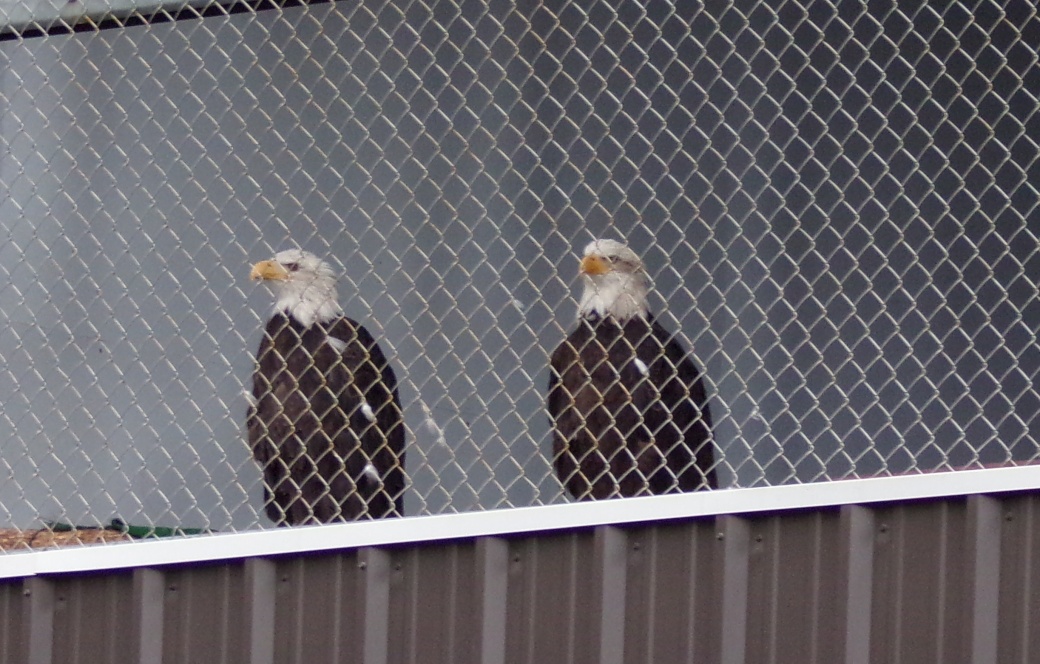
The bald eagle “sisters” at their favorite lookout!

Photo by Dale Berman

Photo by Dale Berman
We got back to Skagway and our ship around 8 pm and once again we went to the dining room for open seating. After dinner we were tired and retired to our stateroom, as there was no show that night that interested us.
Each night, our steward would leave a folded towel animal, complete with “googly eyes!” This is what we found on our bed after dinner:

*Photos of the dances, with the exception of the video, were taken by Dale Berman. The photos of the hawk and owl were taken by Dale Berman. All others taken by yours truly!


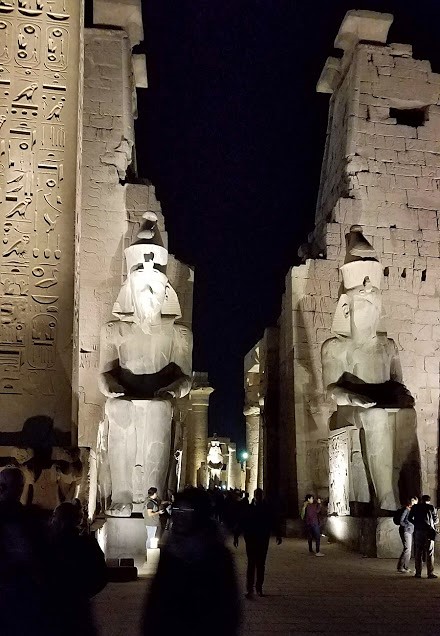
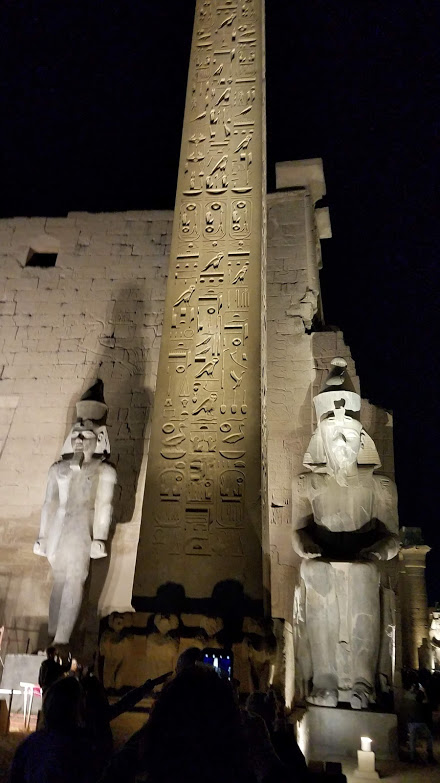
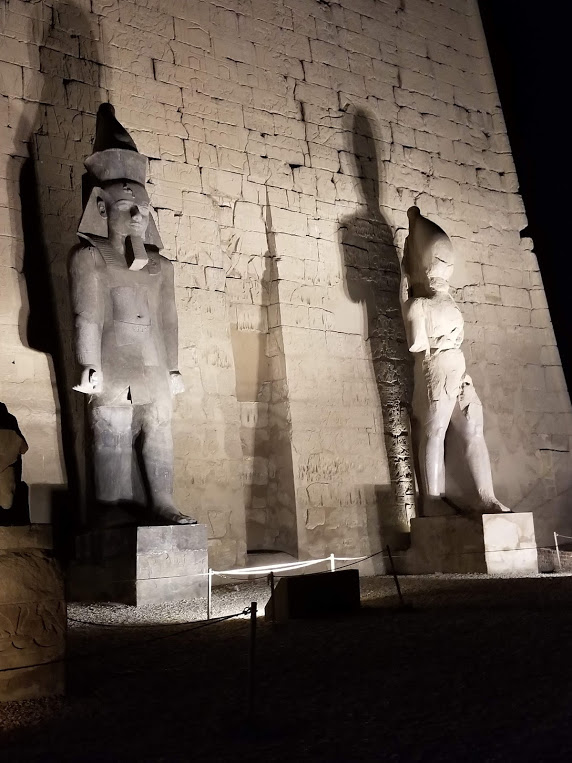

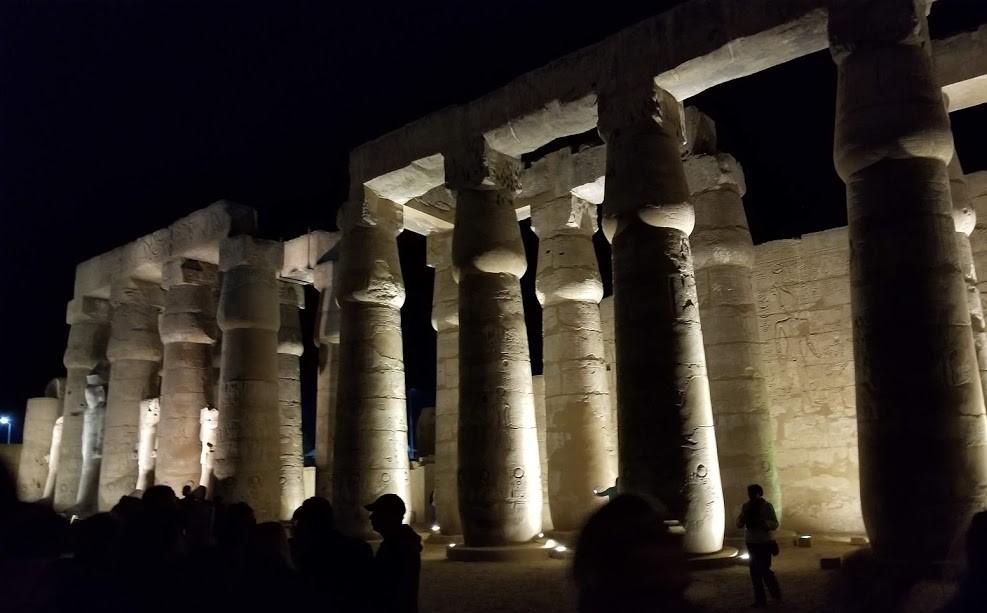
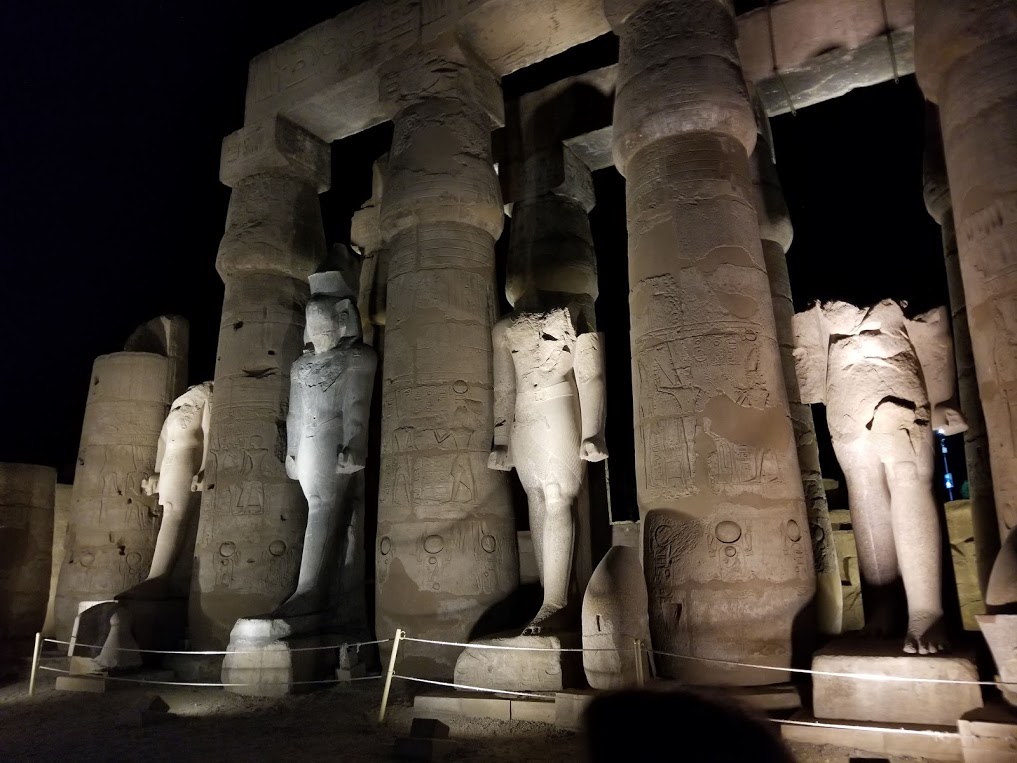 During the Roman period, the temple was made into a fortified camp. During the 4th century CE (AD), Christian rule banned all pagan cults and several churches were built inside the temple. One of them survived and became the Abu al-Haggag mosque in the 1100s CE. Locals refused to let it be torn down during the excavation of Luxor temple, so it still stands today and continues to be used as a place of worship and study.
During the Roman period, the temple was made into a fortified camp. During the 4th century CE (AD), Christian rule banned all pagan cults and several churches were built inside the temple. One of them survived and became the Abu al-Haggag mosque in the 1100s CE. Locals refused to let it be torn down during the excavation of Luxor temple, so it still stands today and continues to be used as a place of worship and study.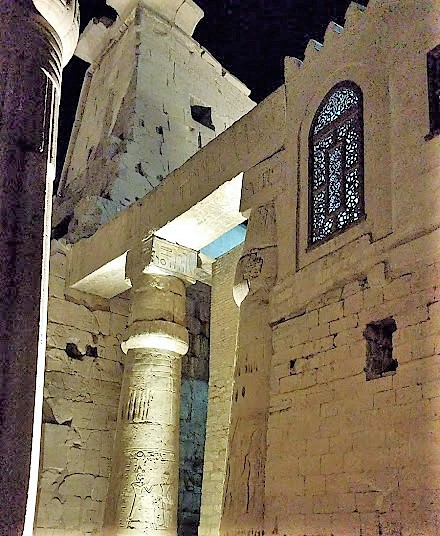
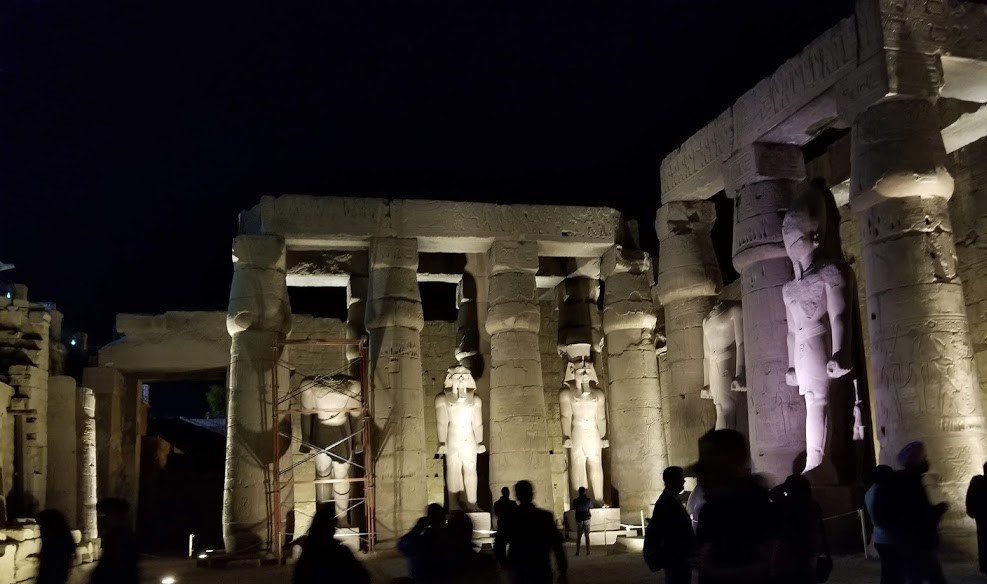
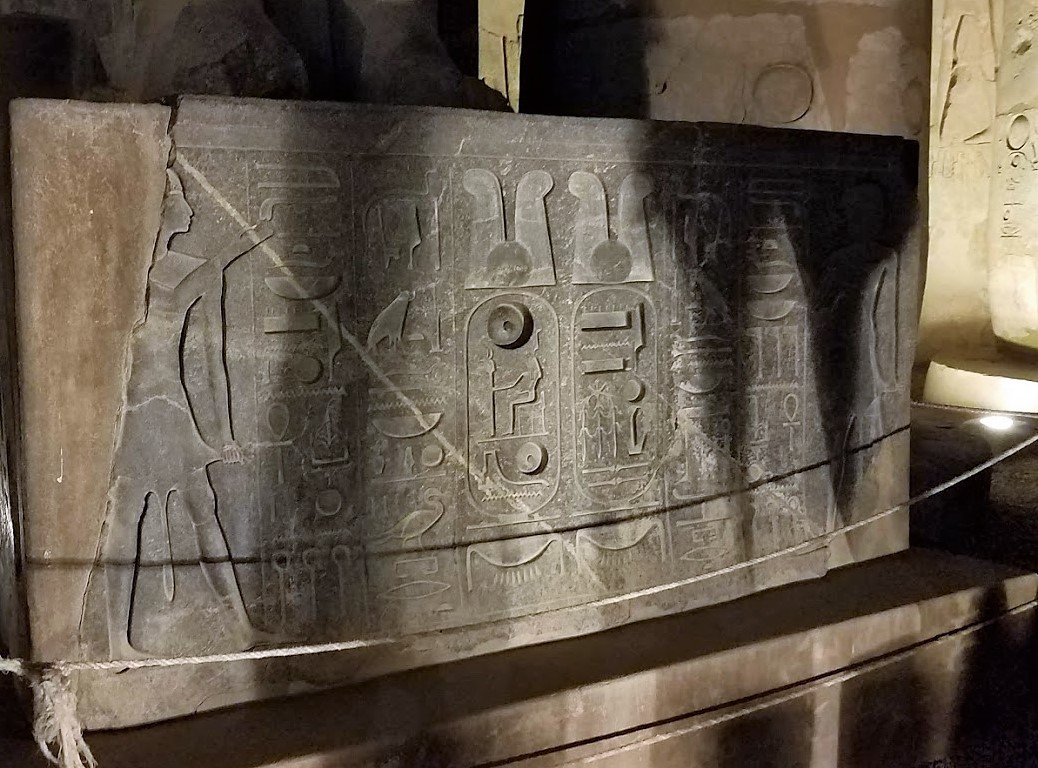


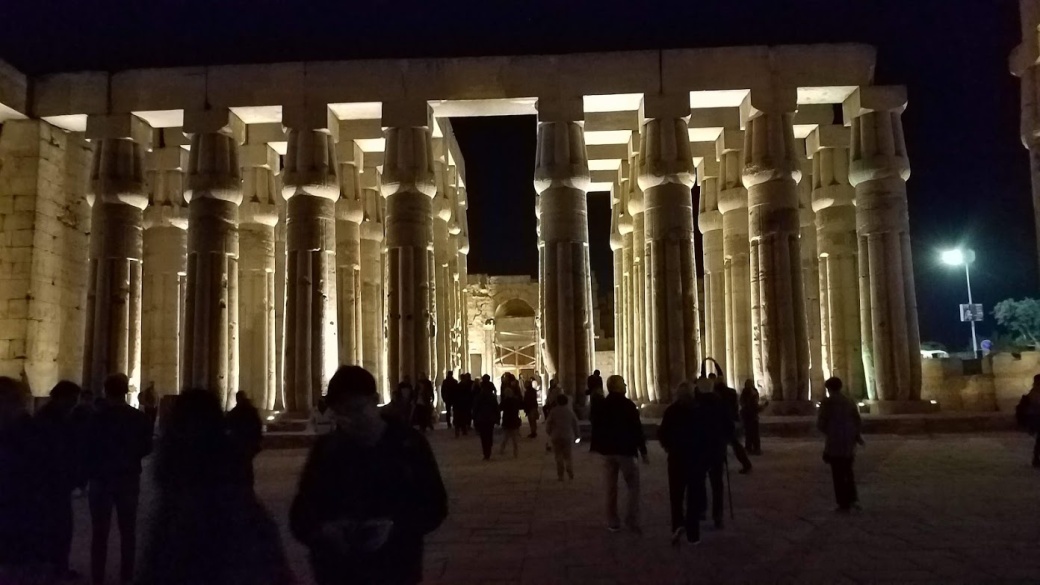
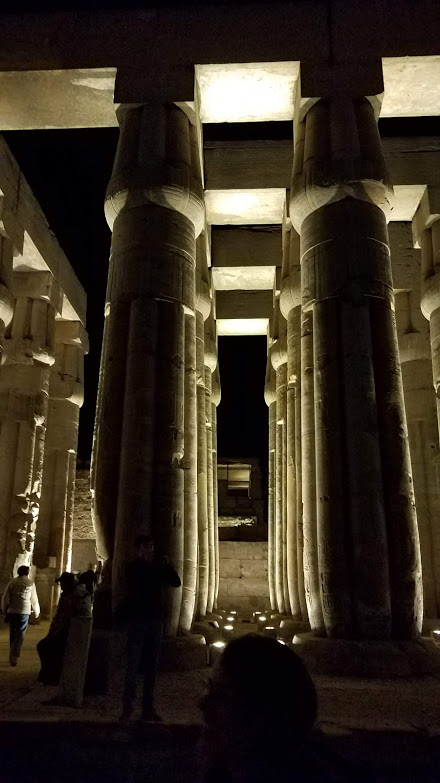
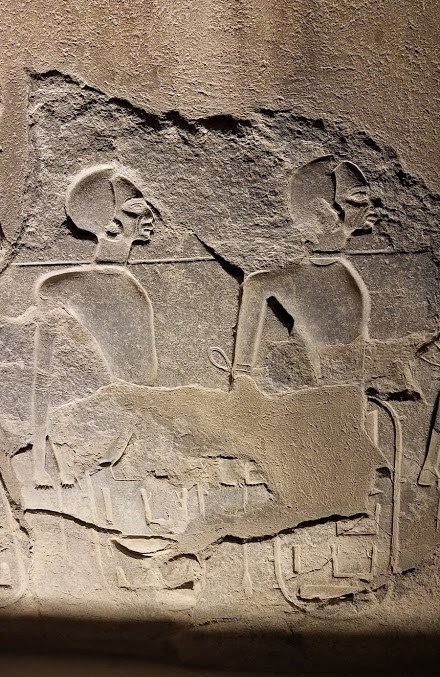
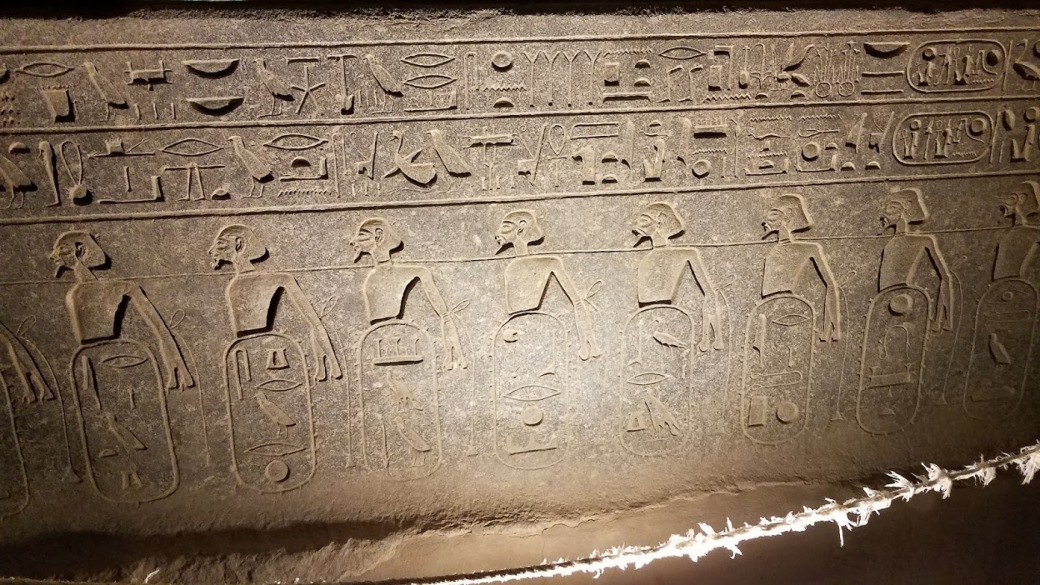
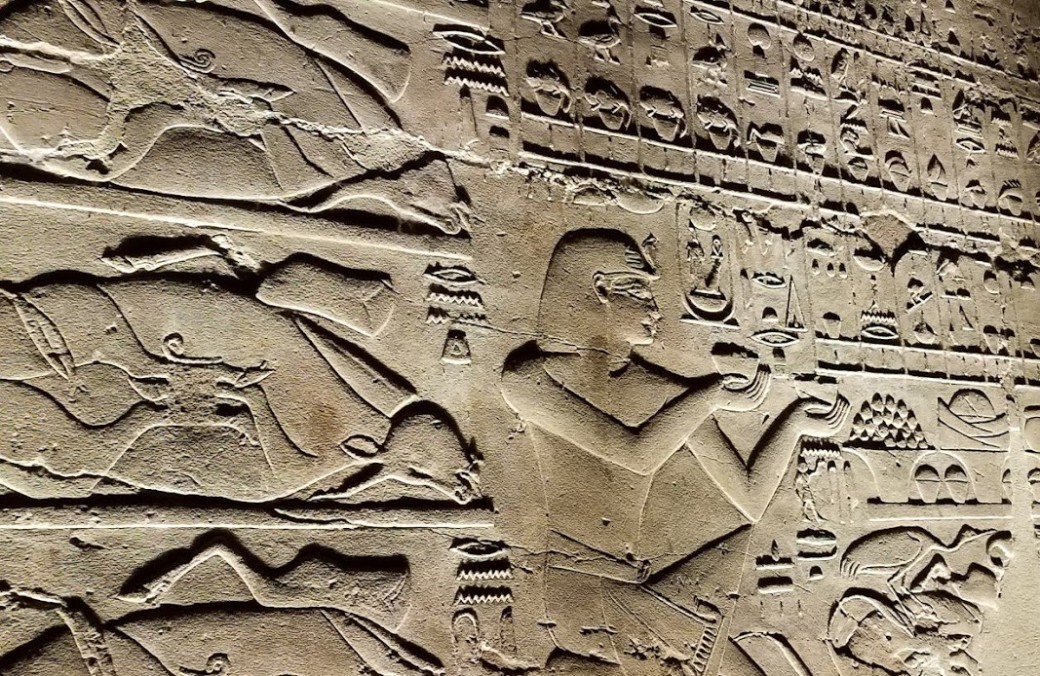
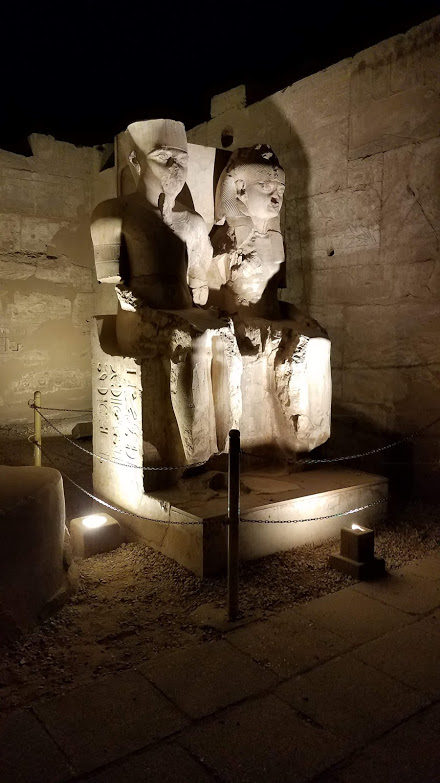


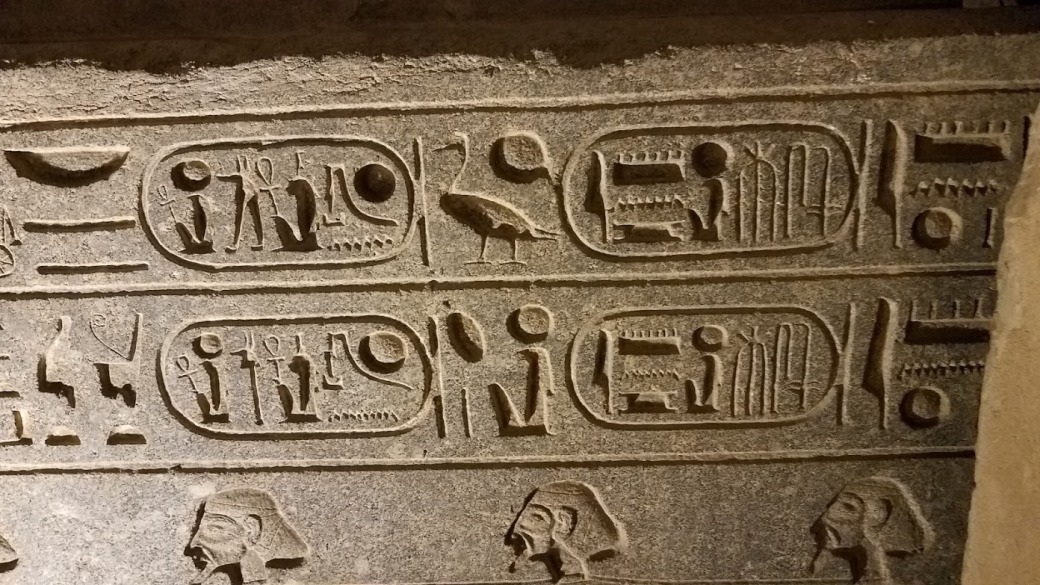








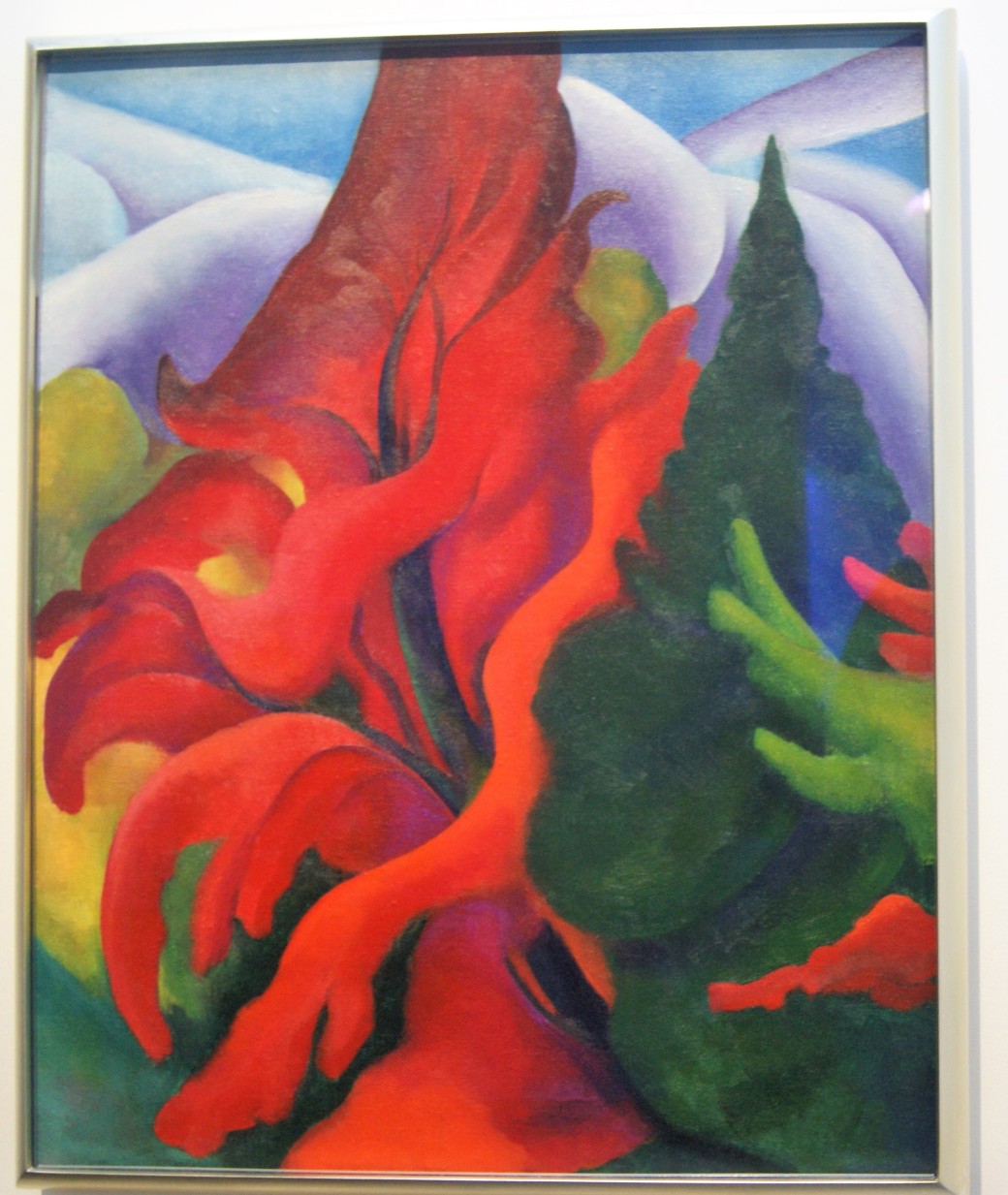

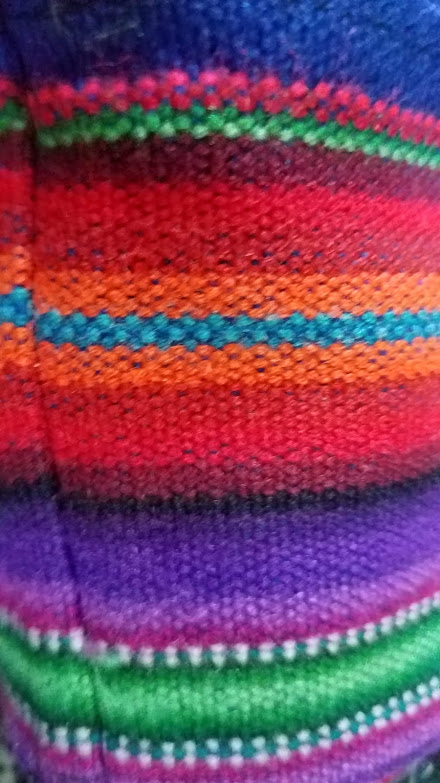


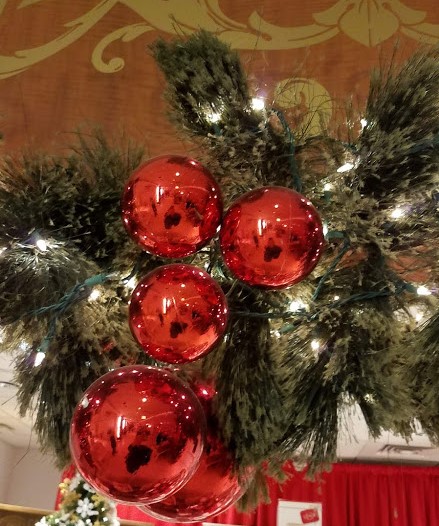
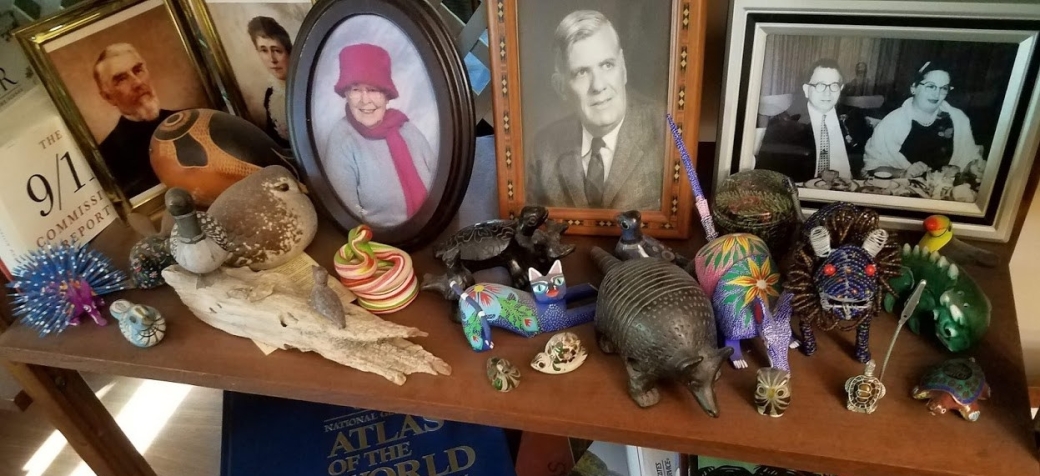 Behind this animal panoply are portraits of my parents (in the middle – the woman with the pink hat and scarf is my mother, and next to her is my father), Dale’s parents (black & white photo on the right) and my great-grandparents in back on the left.
Behind this animal panoply are portraits of my parents (in the middle – the woman with the pink hat and scarf is my mother, and next to her is my father), Dale’s parents (black & white photo on the right) and my great-grandparents in back on the left.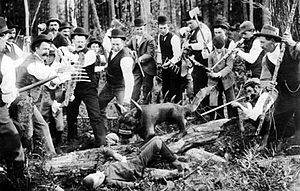
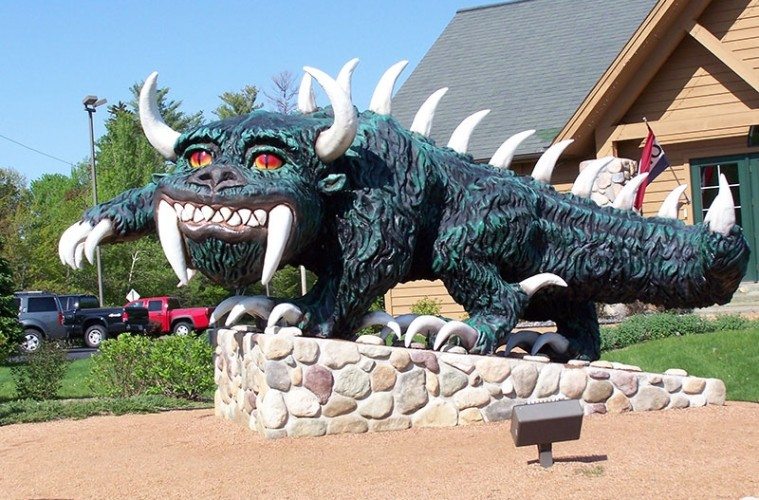
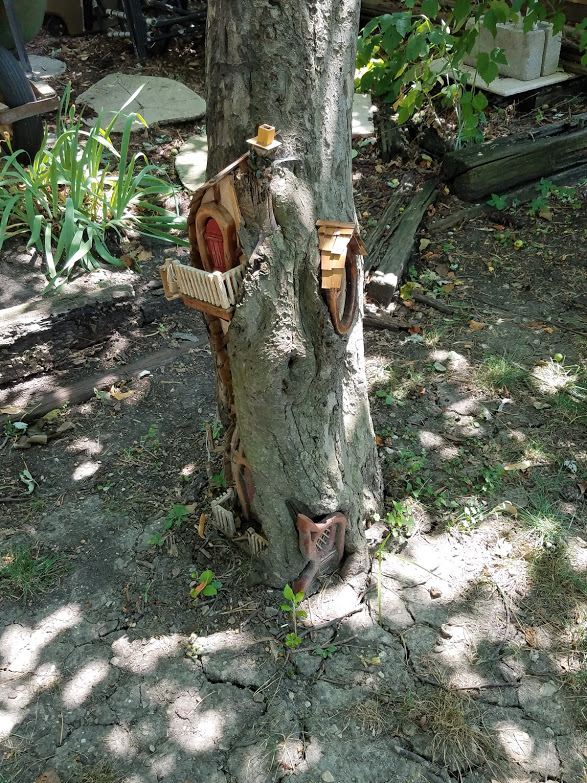
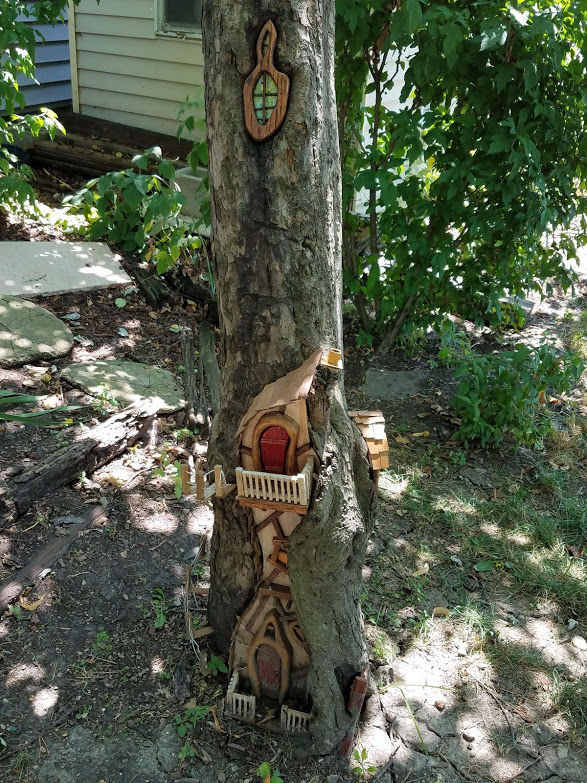
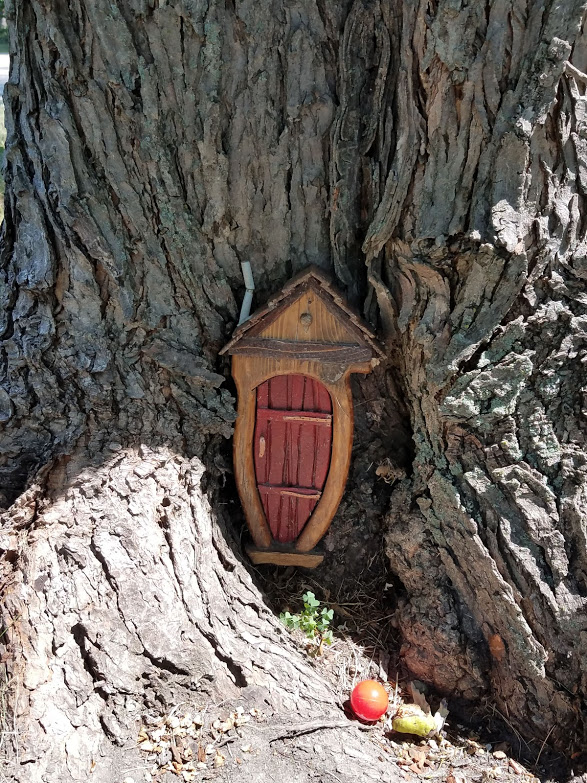
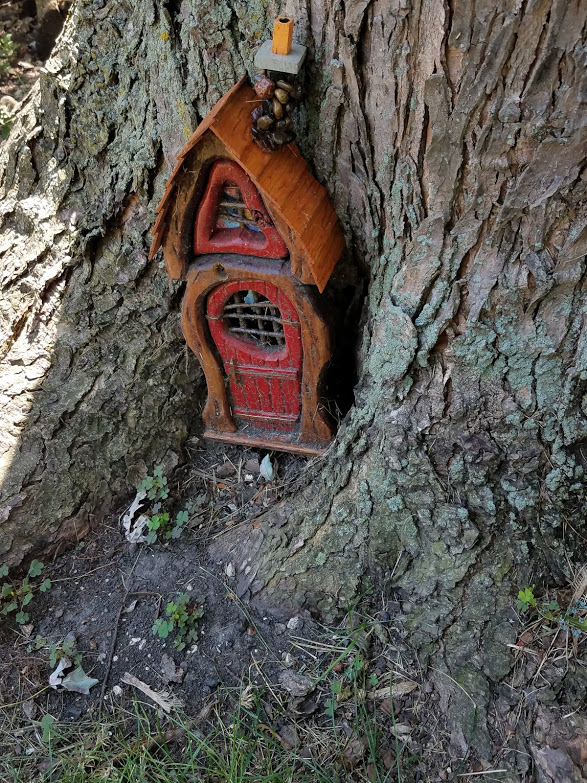
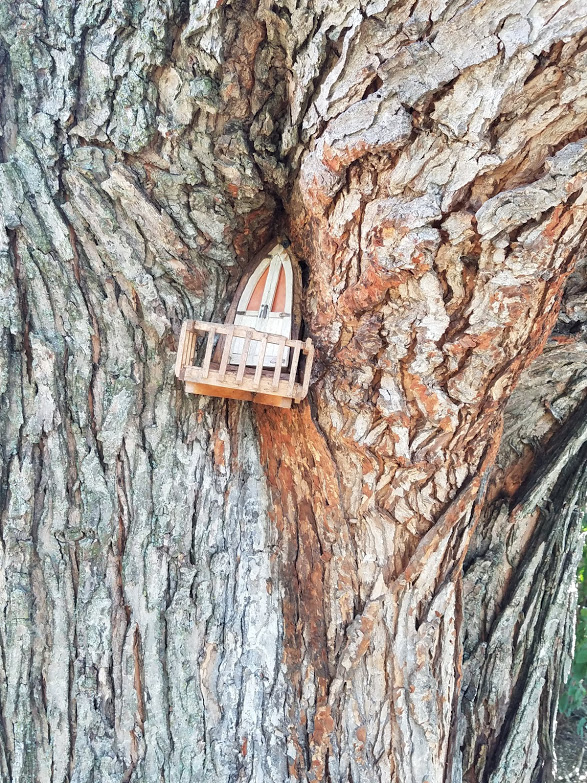
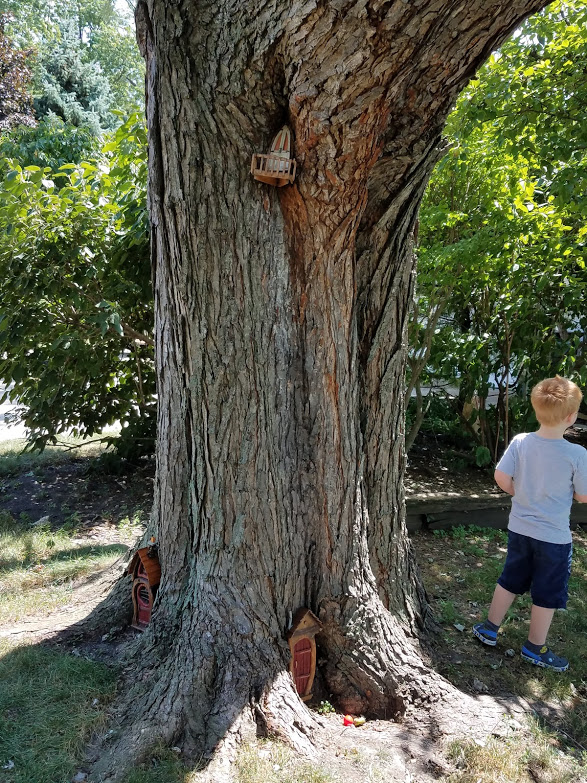
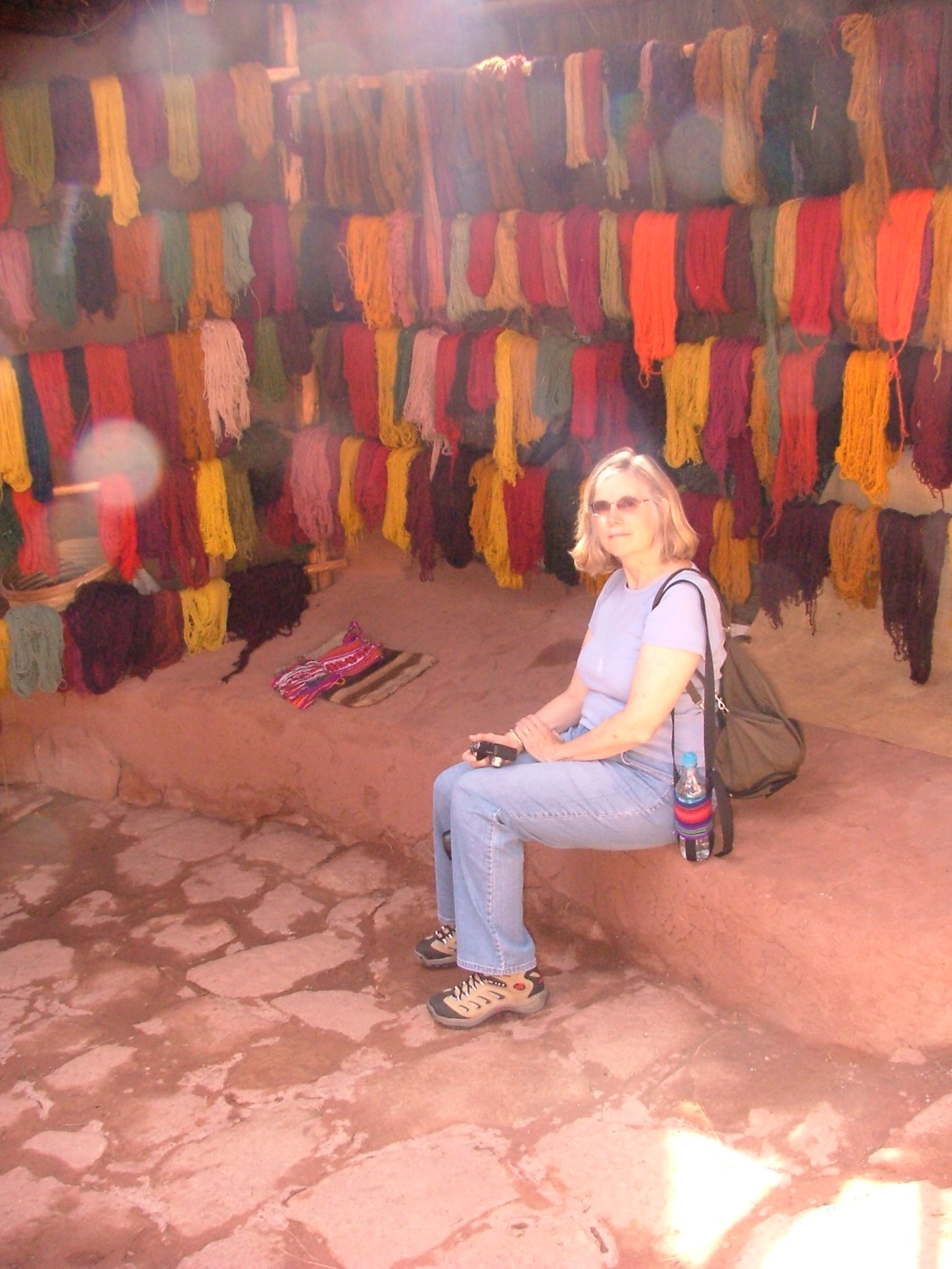

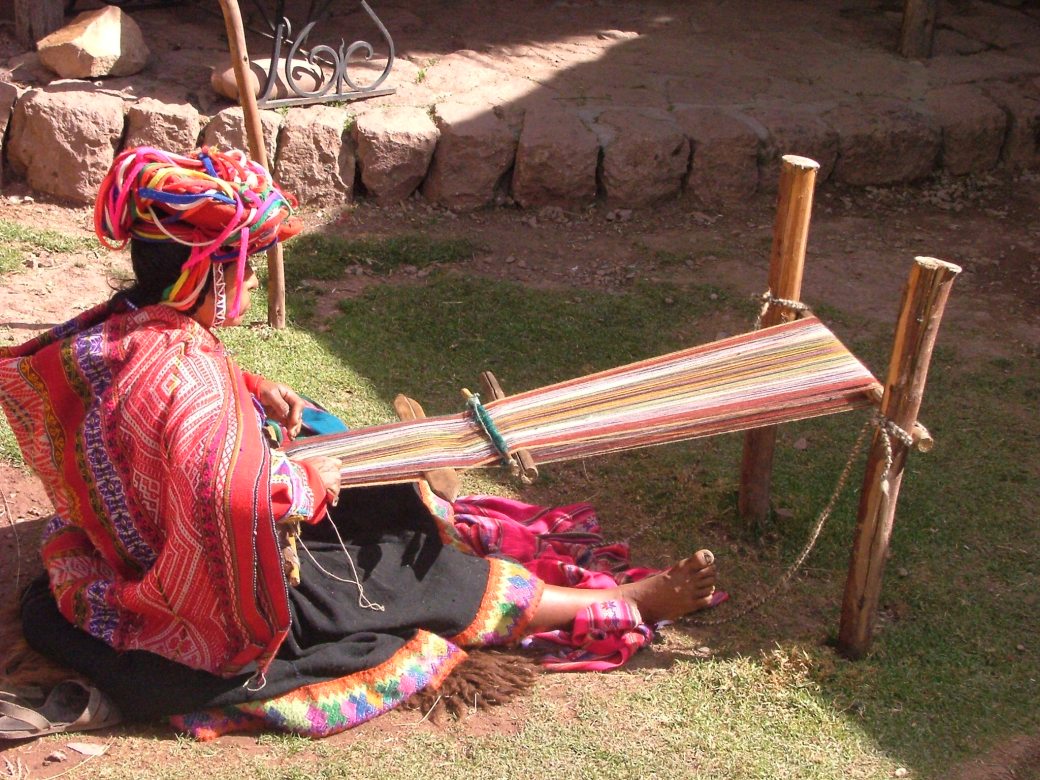
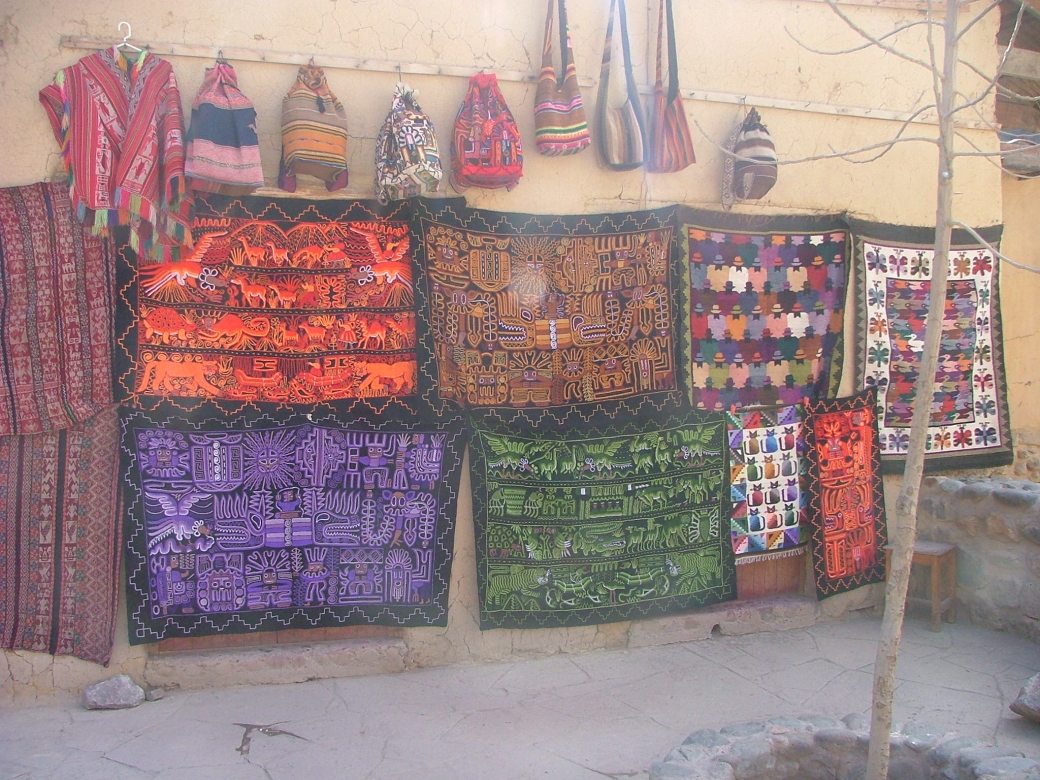
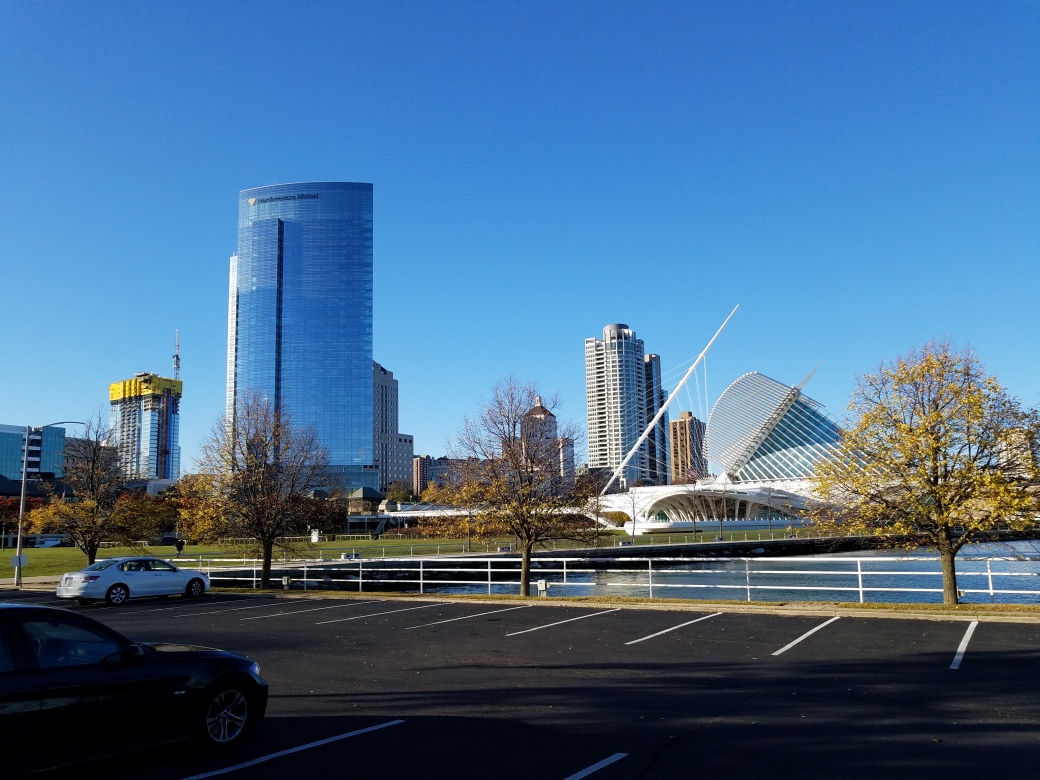
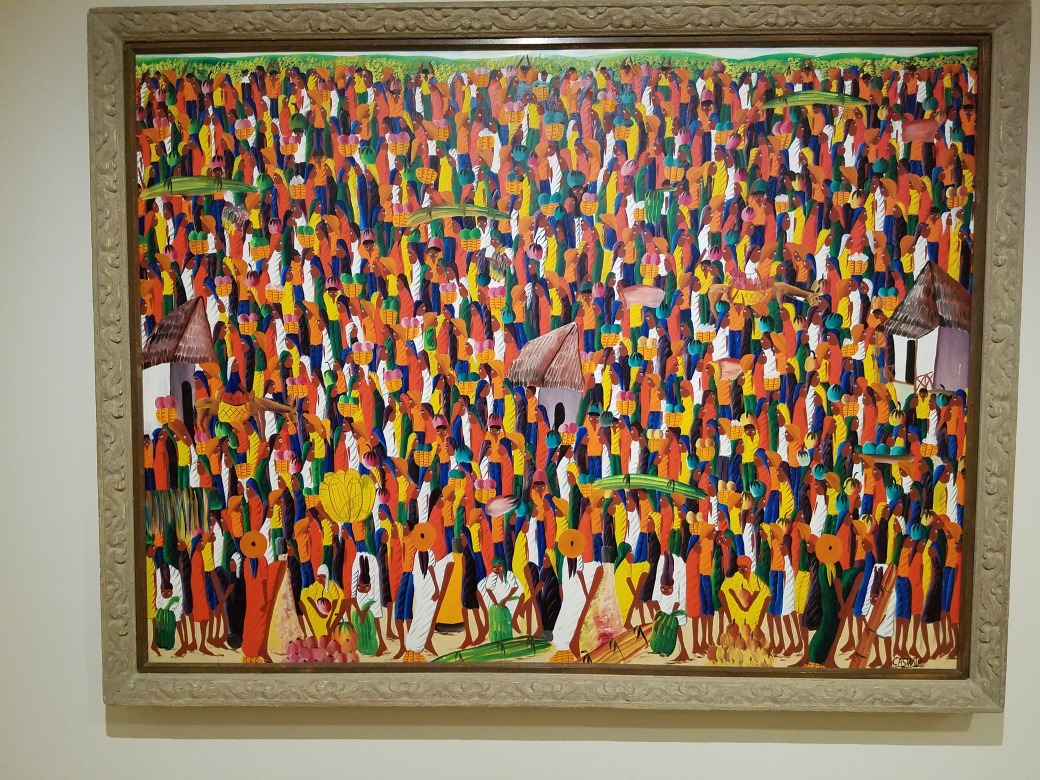

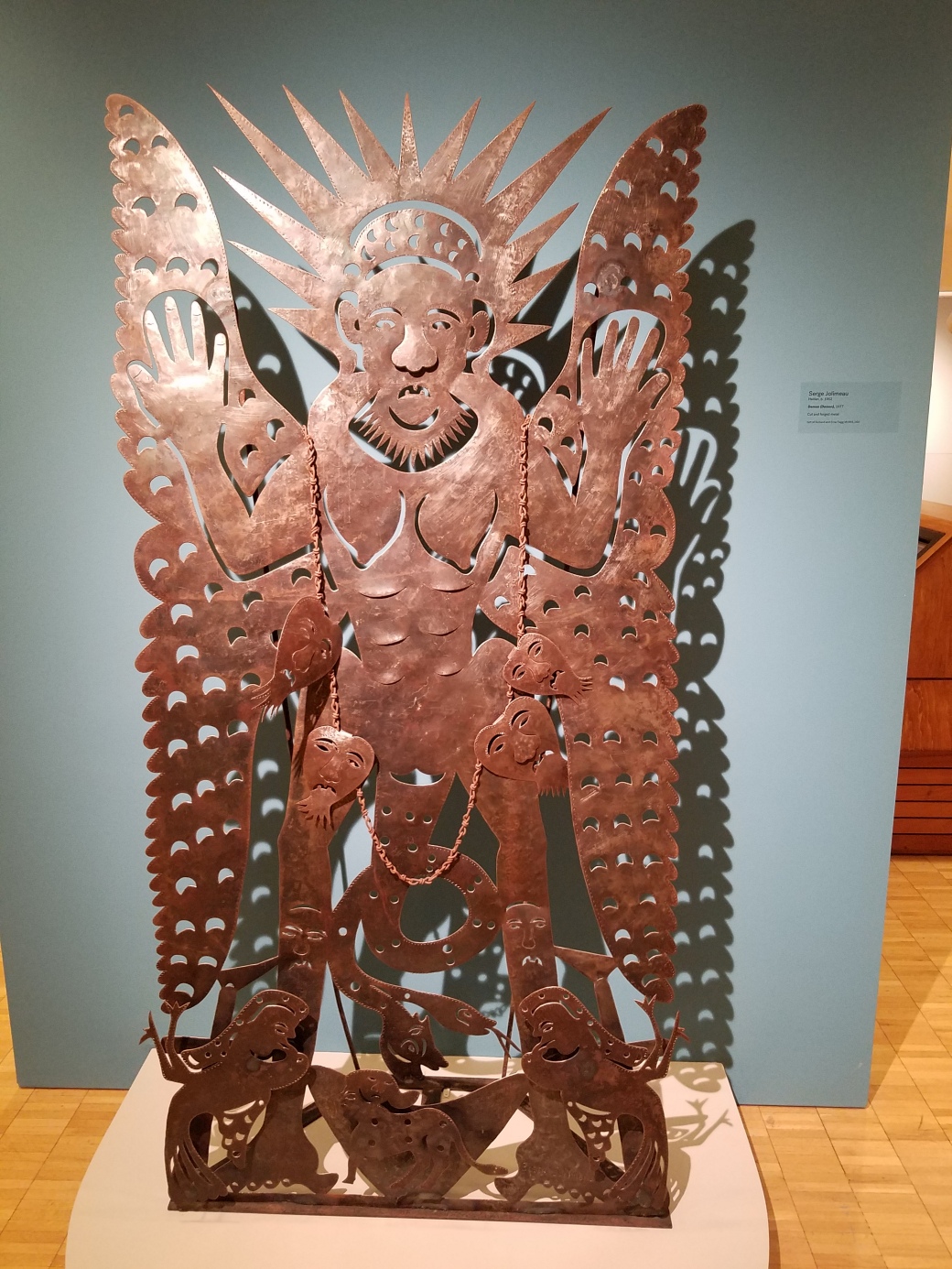

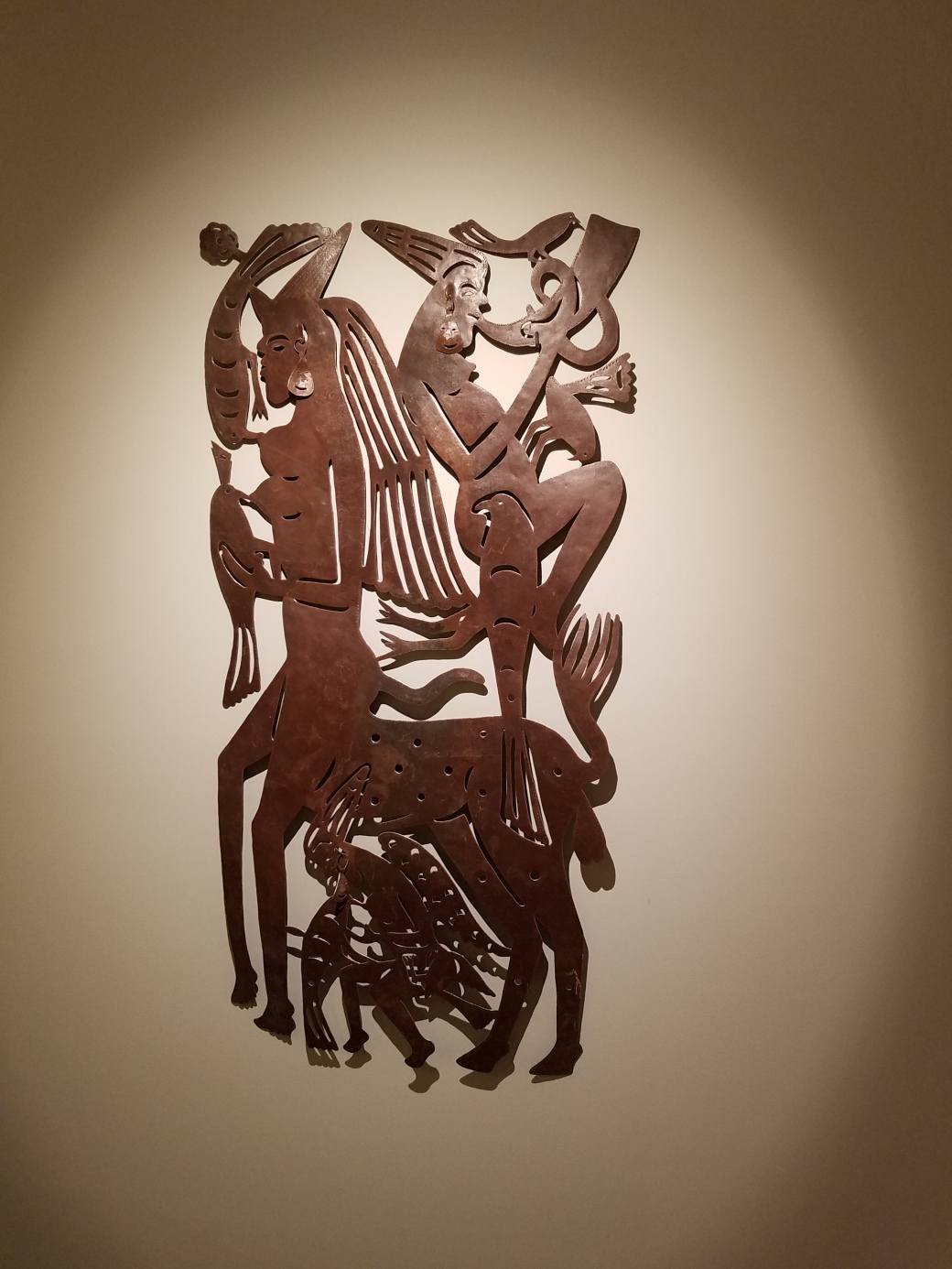
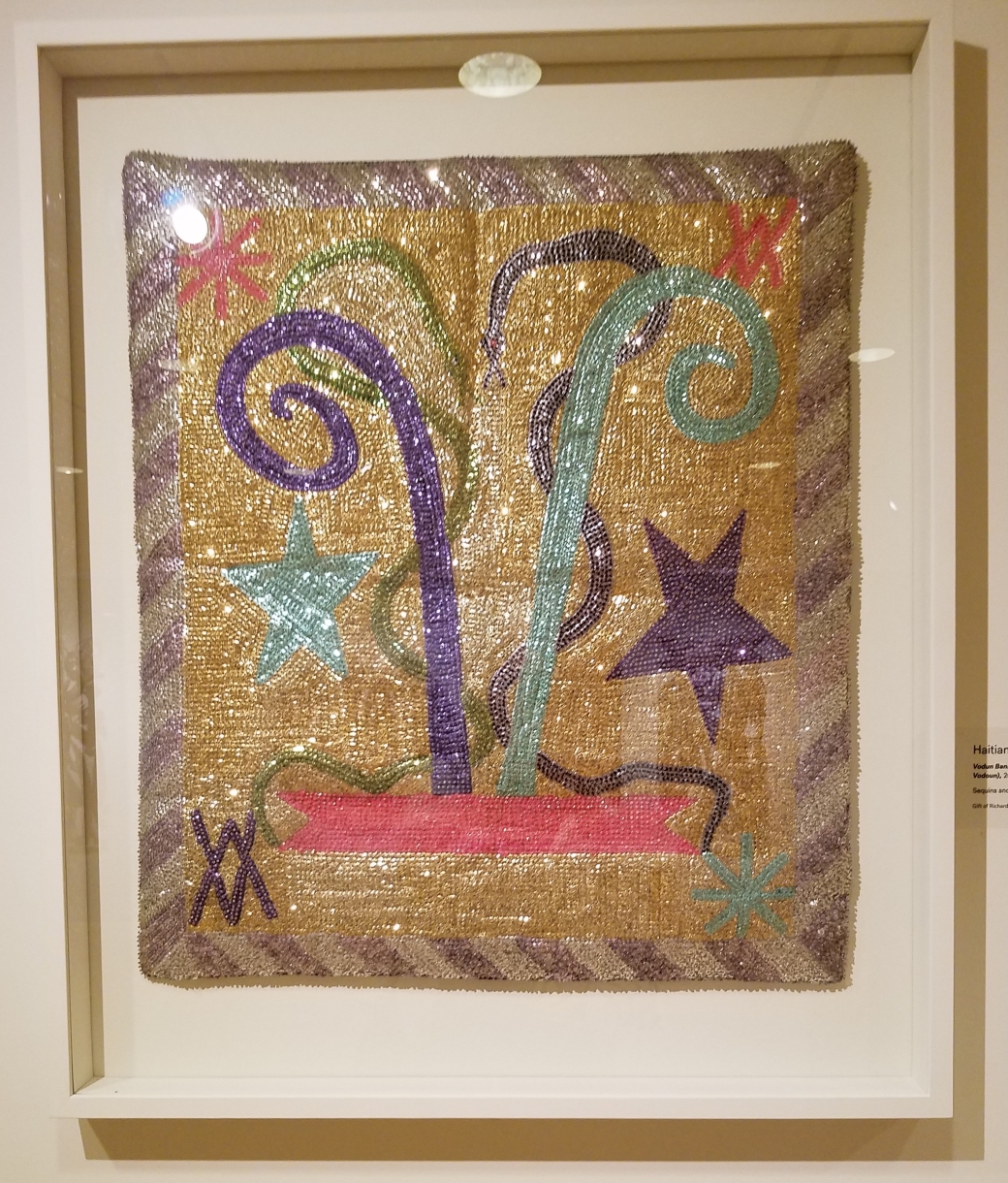
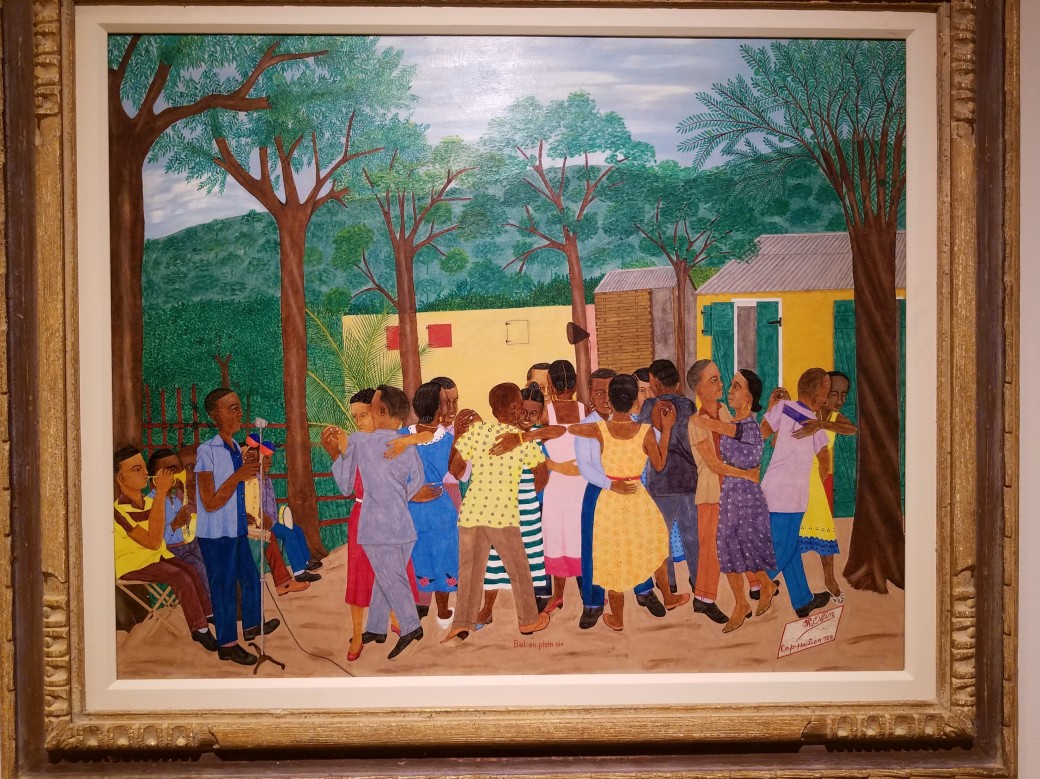


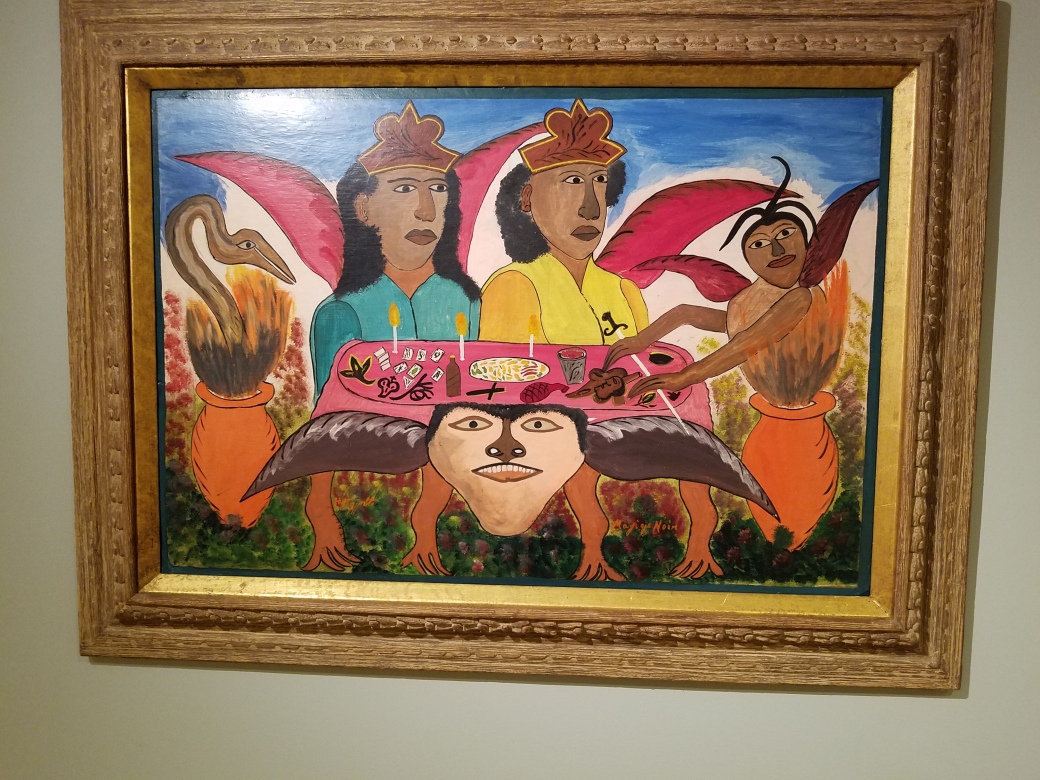

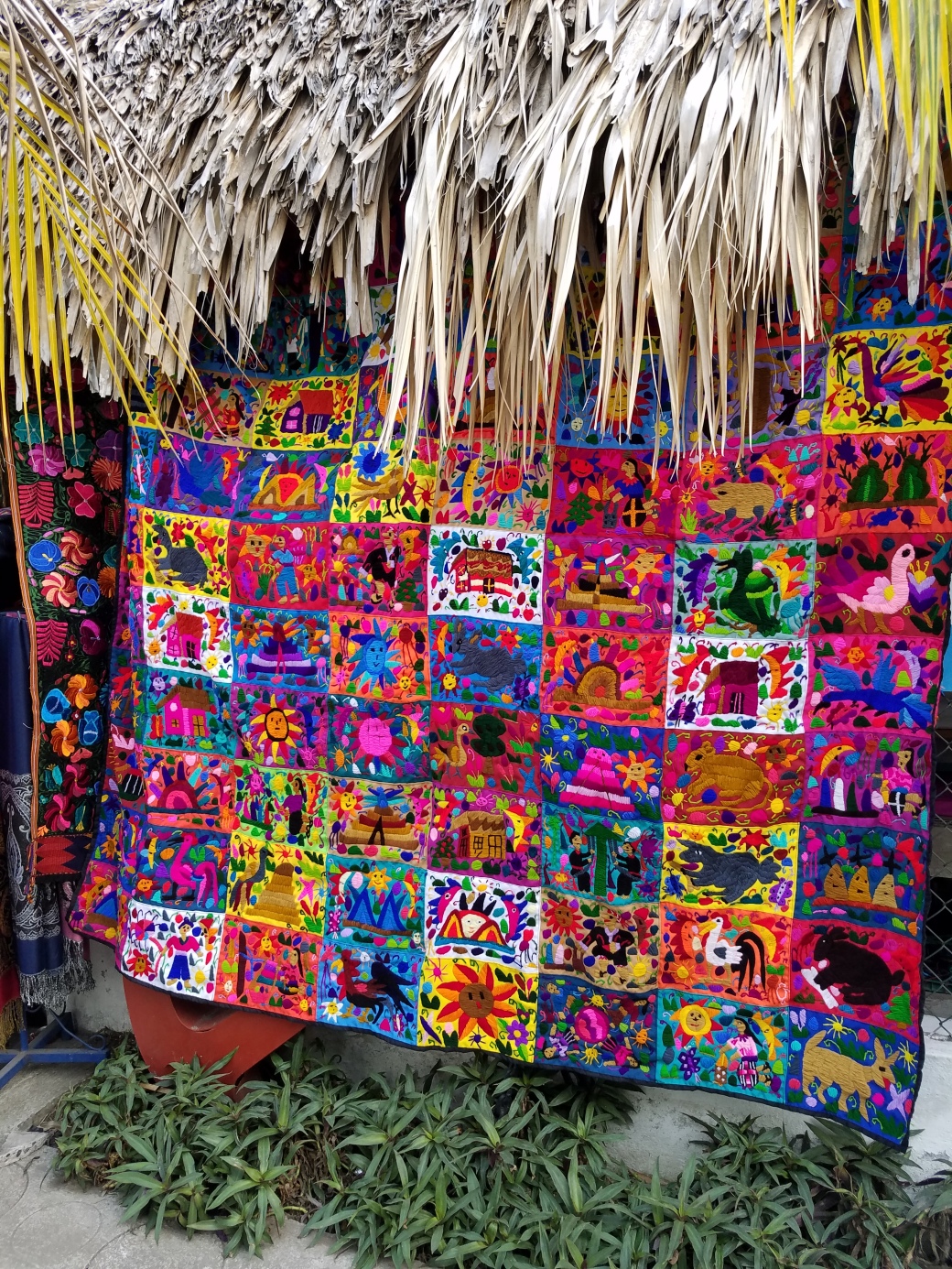

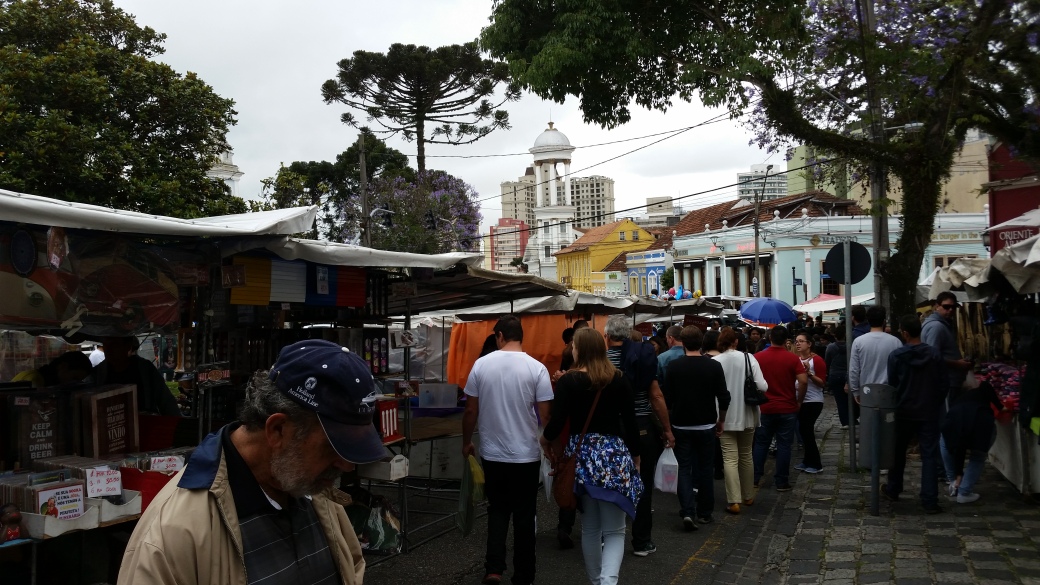
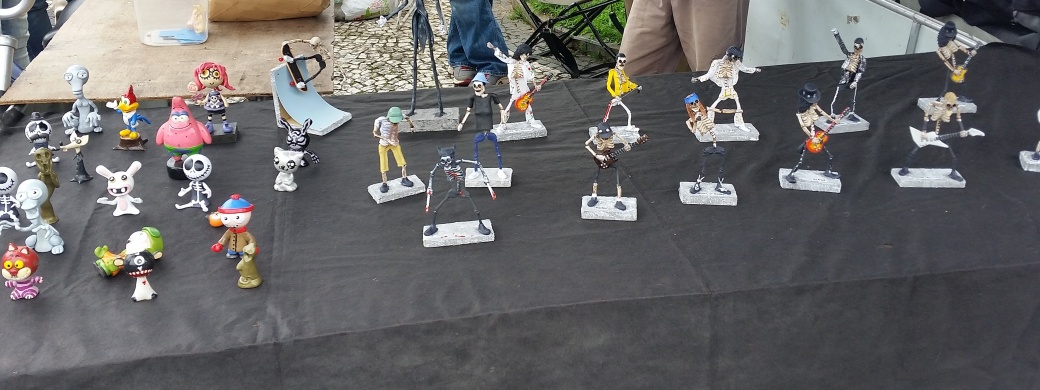
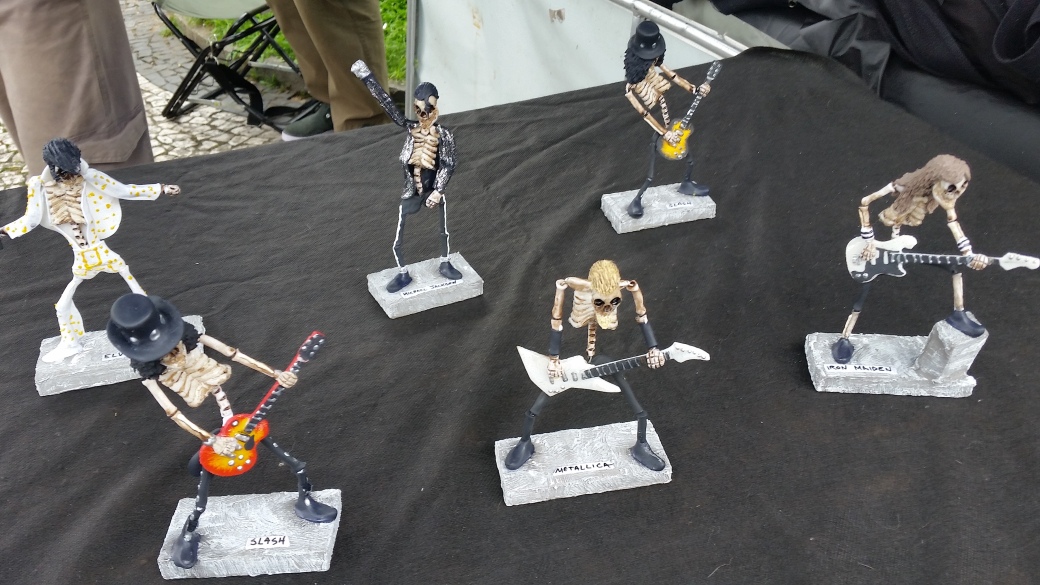



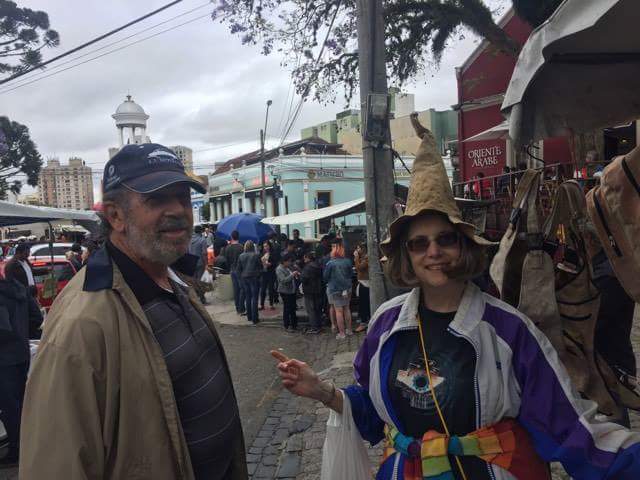

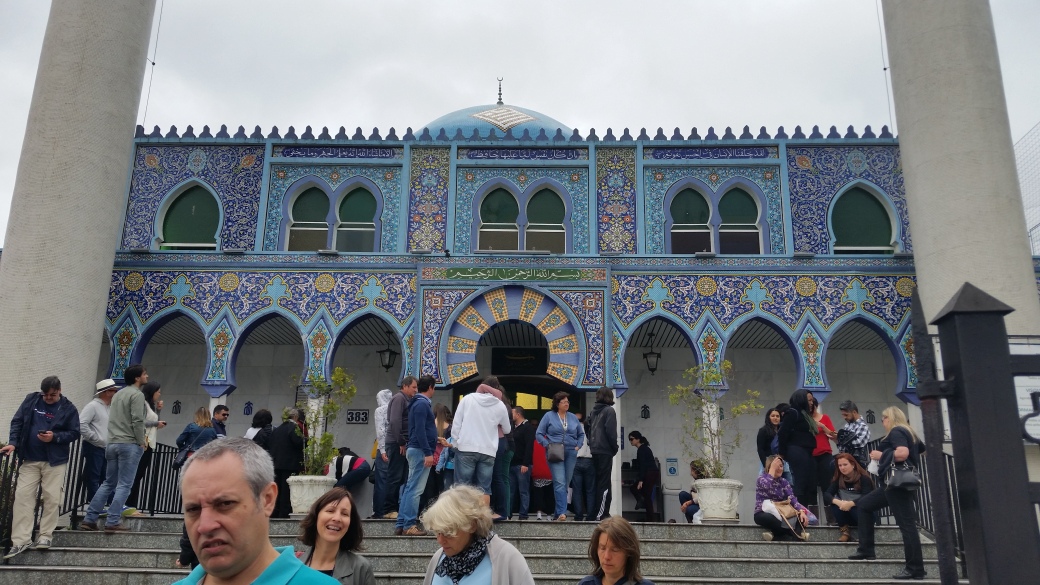
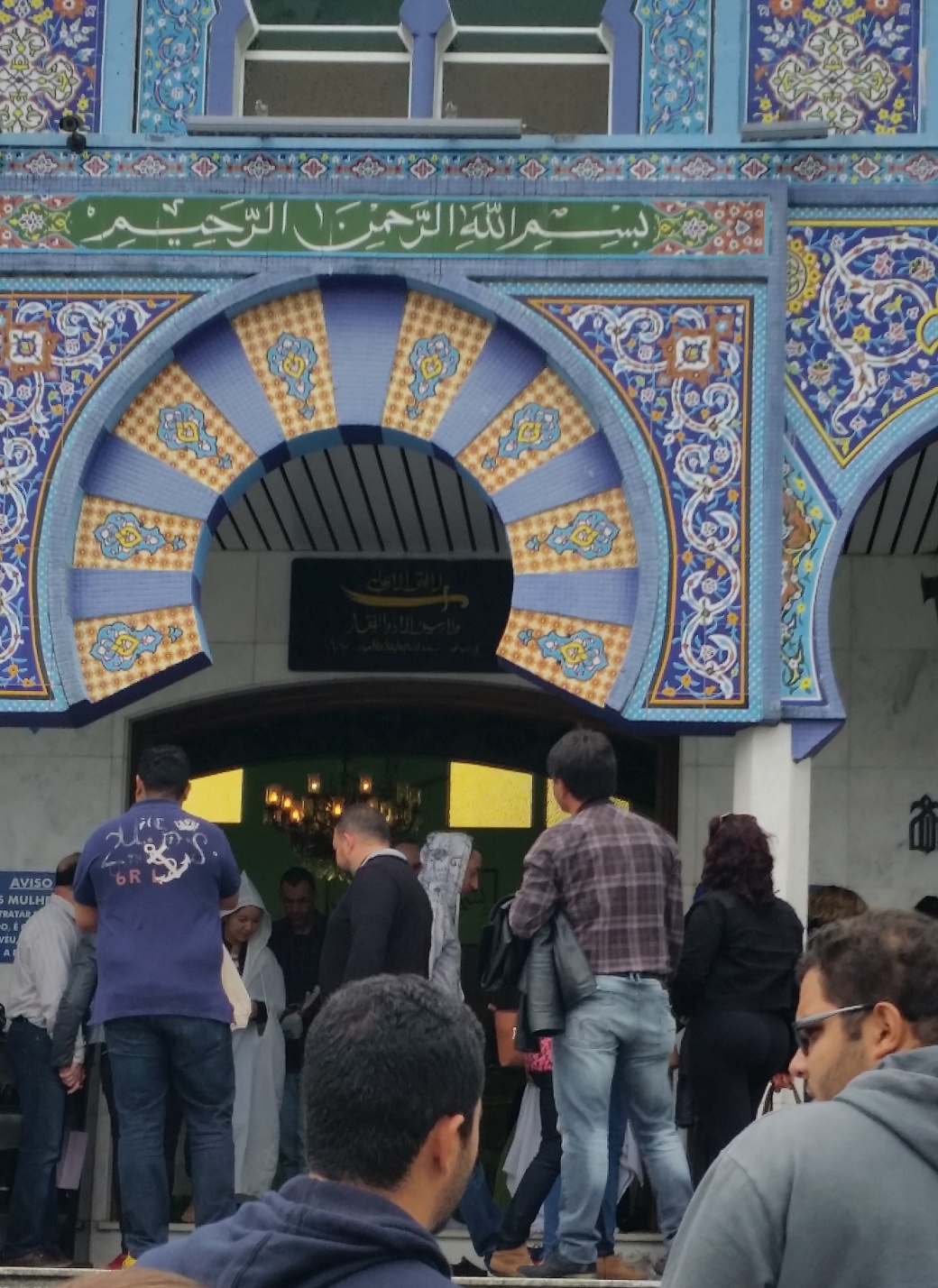
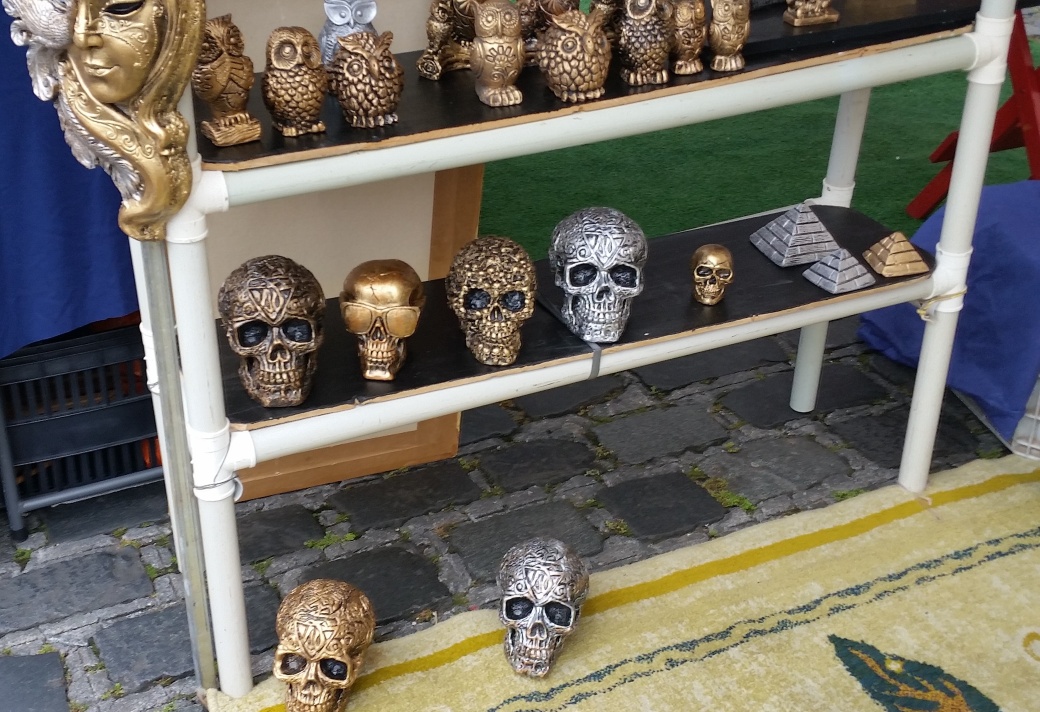 …a guy selling little insect-like wire things that you press down on to make them jump. I smiled, thinking they were clever, and wish I’d bought a couple for my cat!
…a guy selling little insect-like wire things that you press down on to make them jump. I smiled, thinking they were clever, and wish I’d bought a couple for my cat!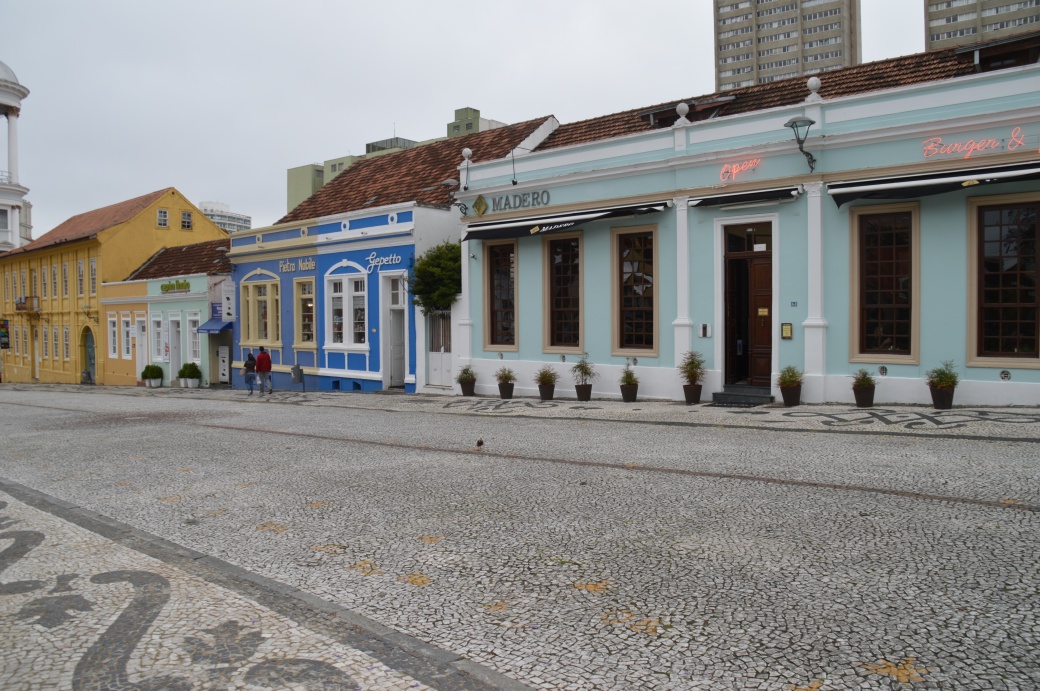



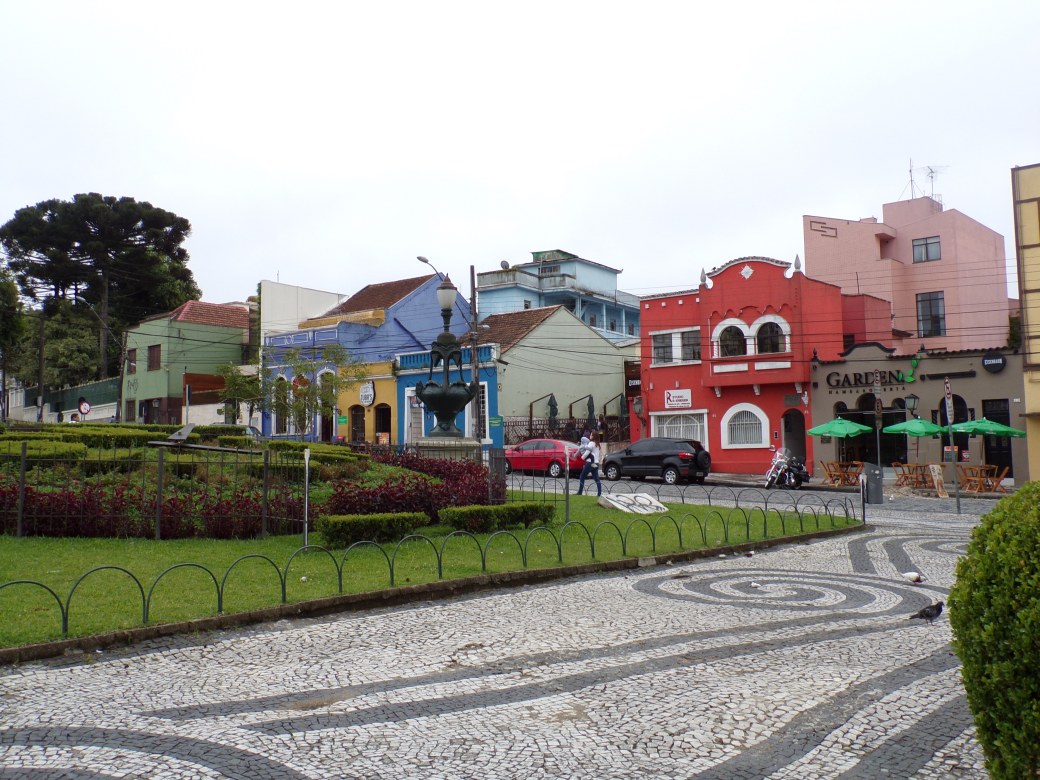
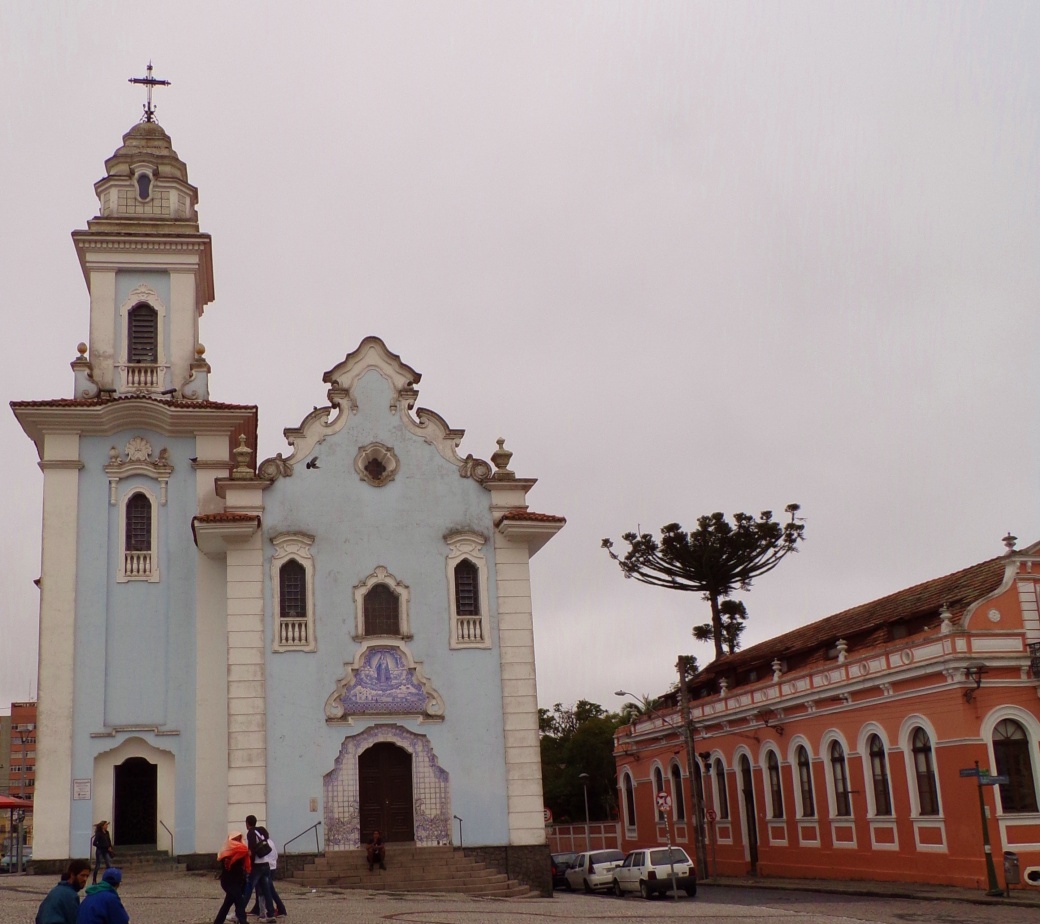
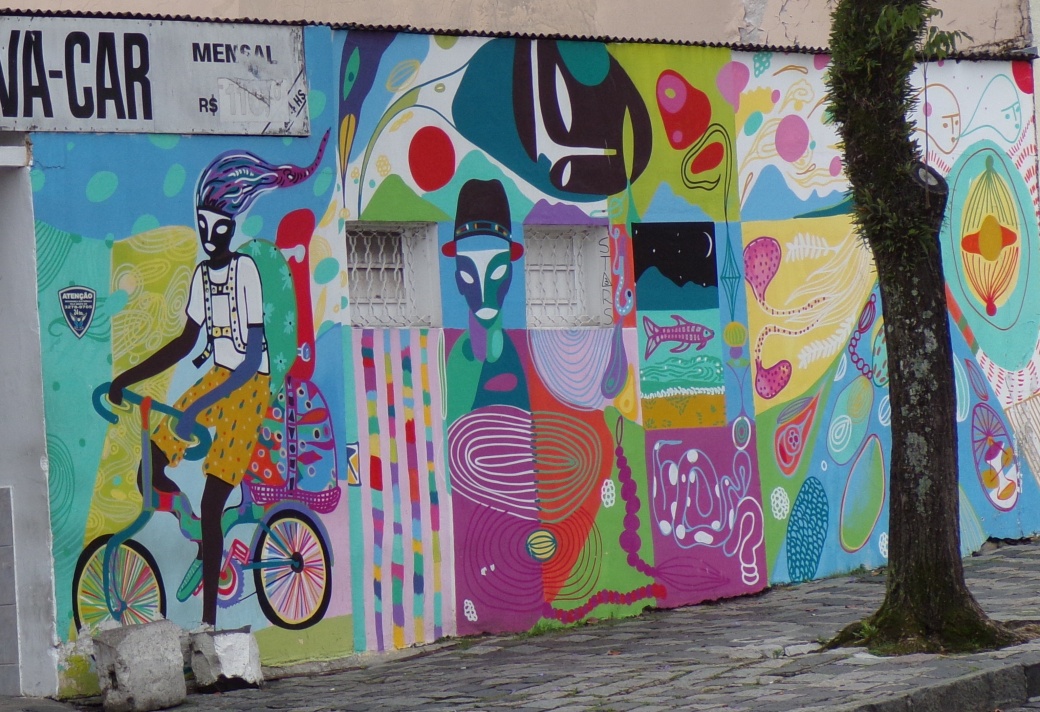









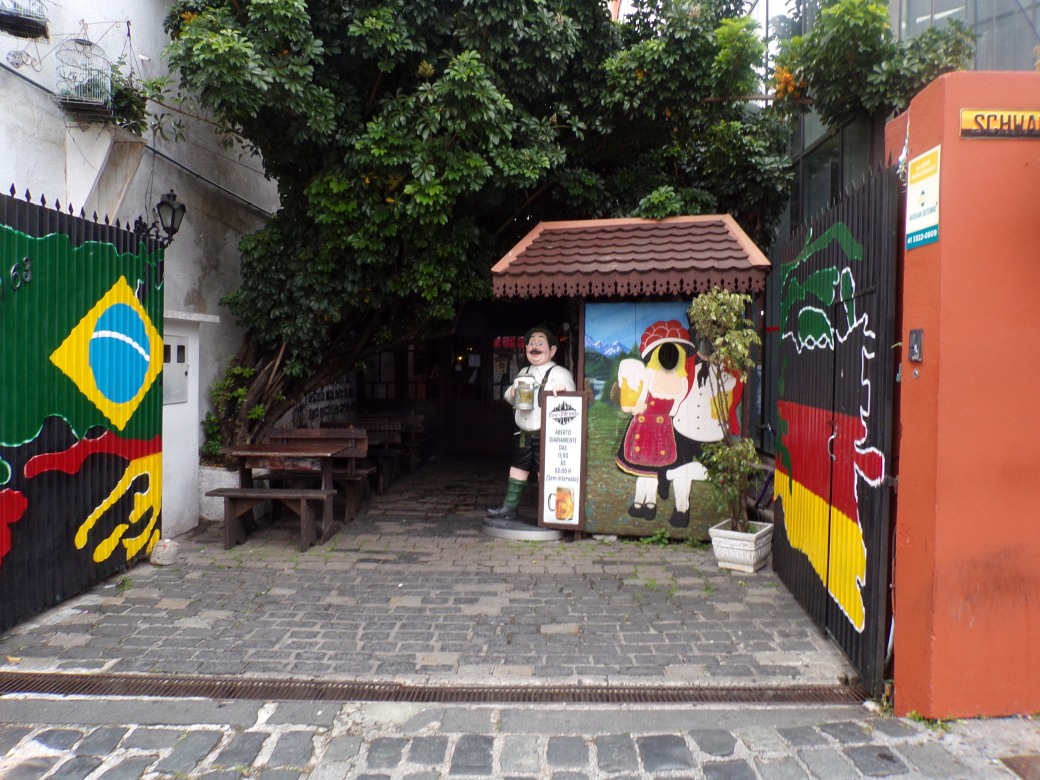 Rising upward from the lower level and reaching as high as the upper level was a large metal statue of a dragon-like creature made of wire.
Rising upward from the lower level and reaching as high as the upper level was a large metal statue of a dragon-like creature made of wire.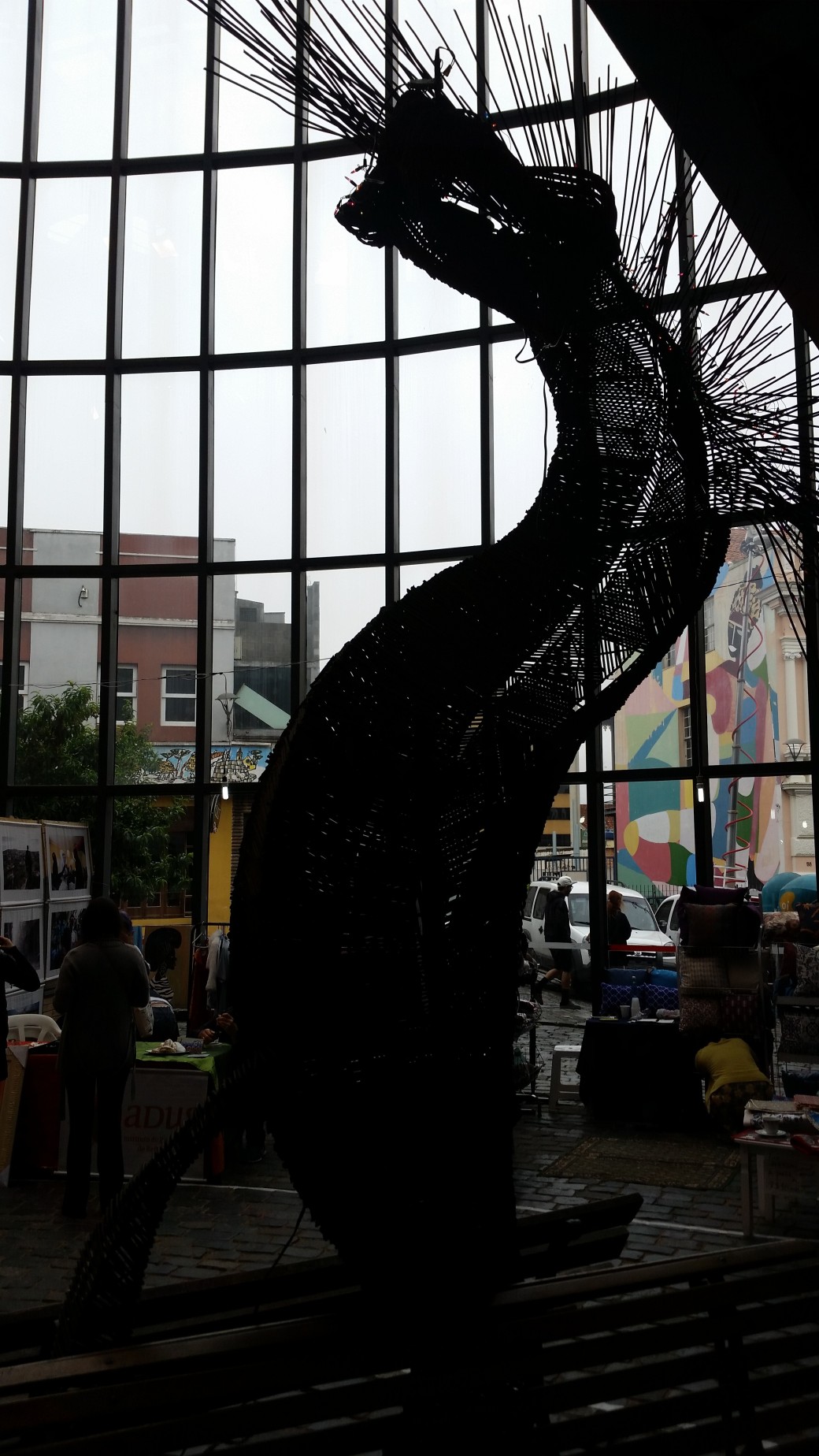
 We came to another church, Igreja da Ordem, dating from 1737, very simple in style both outside and in.
We came to another church, Igreja da Ordem, dating from 1737, very simple in style both outside and in.

